
Deutsch-Chinesische Enzyklopädie, 德汉百科
 Louisiana-LA
Louisiana-LA
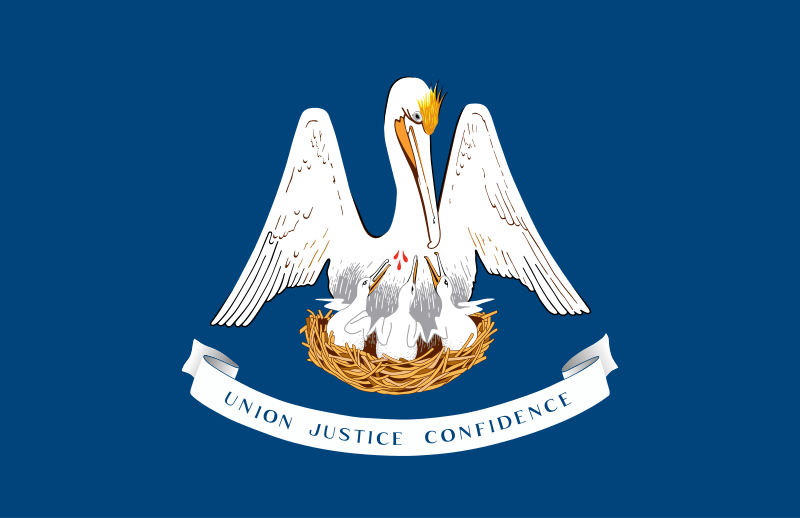



Heimspielbetrieb New Orleans Saints (NFL, seit 1975) Tulane Green Wave (NCAA-College-Football, seit 1975) New Orleans Jazz (NBA, 1975–1979) New Orleans Breakers (USFL, 1984) Veranstaltungen Sugar Bowl (NCAA, seit 1975) Super Bowl XII (1978) Super Bowl XV (1981) Super Bowl XX (1986) Super Bowl XXIV (1990) Super Bowl XXXI (1997) Super Bowl XXXVI (2002) Super Bowl XLVII (2013) WrestleMania XXX (2014) WrestleMania 34 (2018) Final Four der NCAA Division I Basketball Championship 1982, 1987, 1993, 2002, 2012 Konzerte Ausstellungen Messen
 *Democratic Party
*Democratic Party
 *United States Political System
*United States Political System
 *United States presidential election
*United States presidential election
 *U.S. foreign territories
*U.S. foreign territories
 Puerto Rico
Puerto Rico

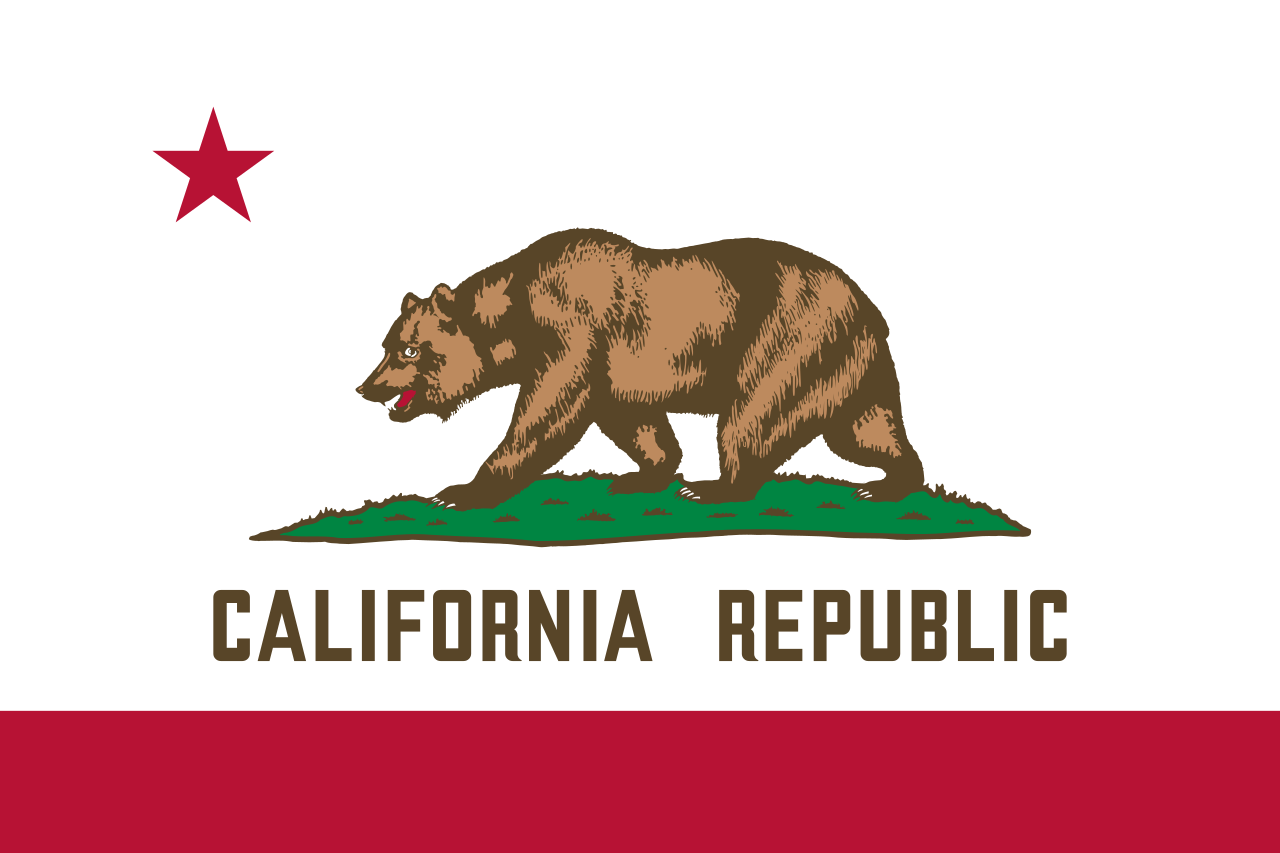 California-CA
California-CA

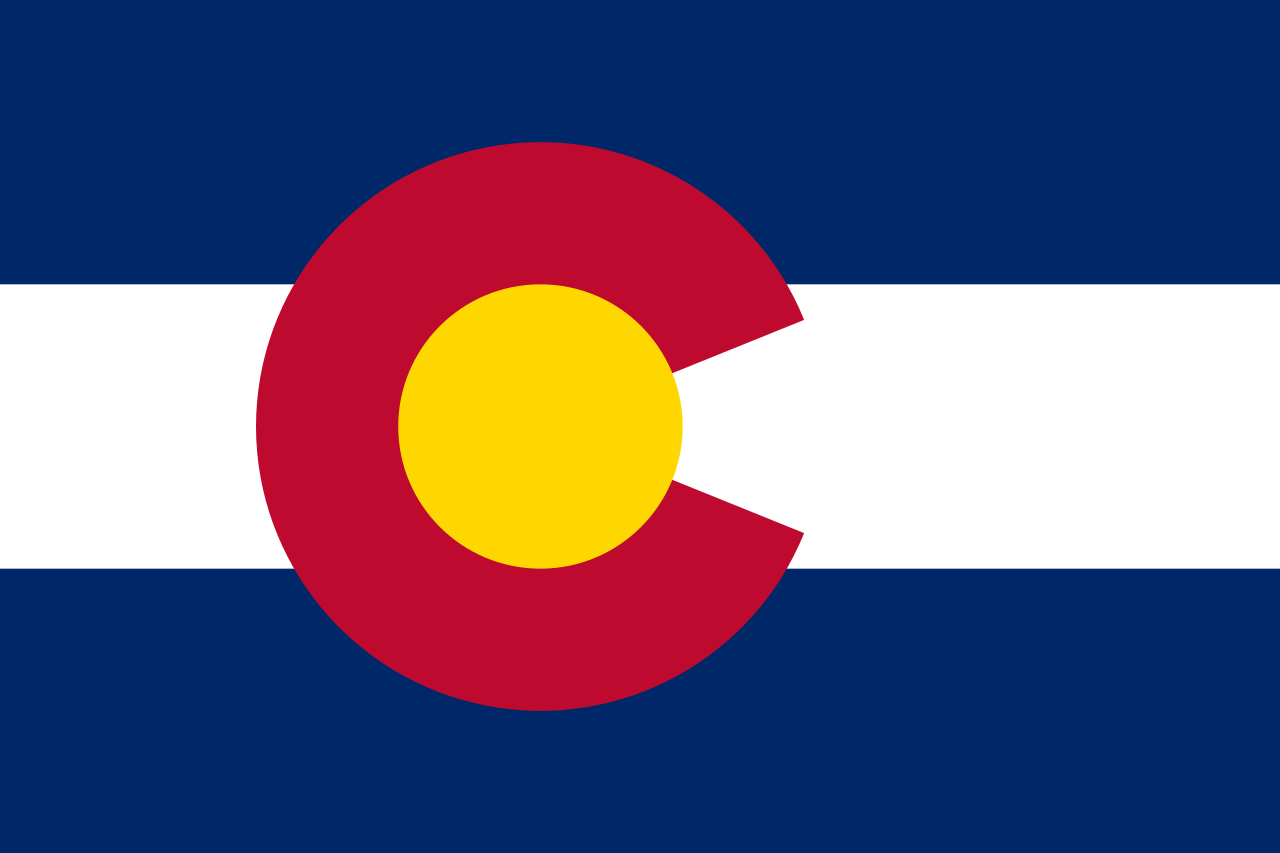 Colorado-CO
Colorado-CO

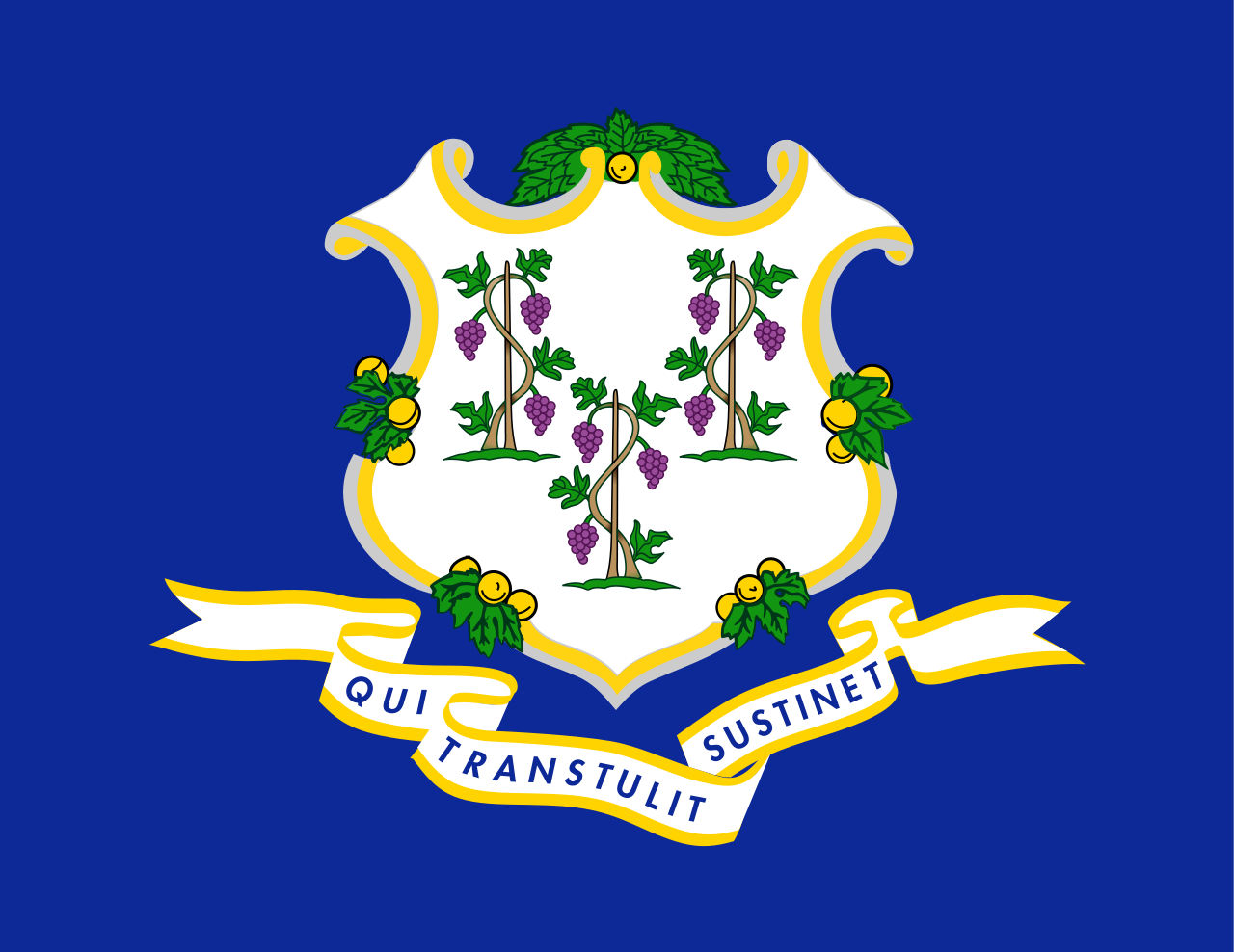 Connecticut-CT
Connecticut-CT

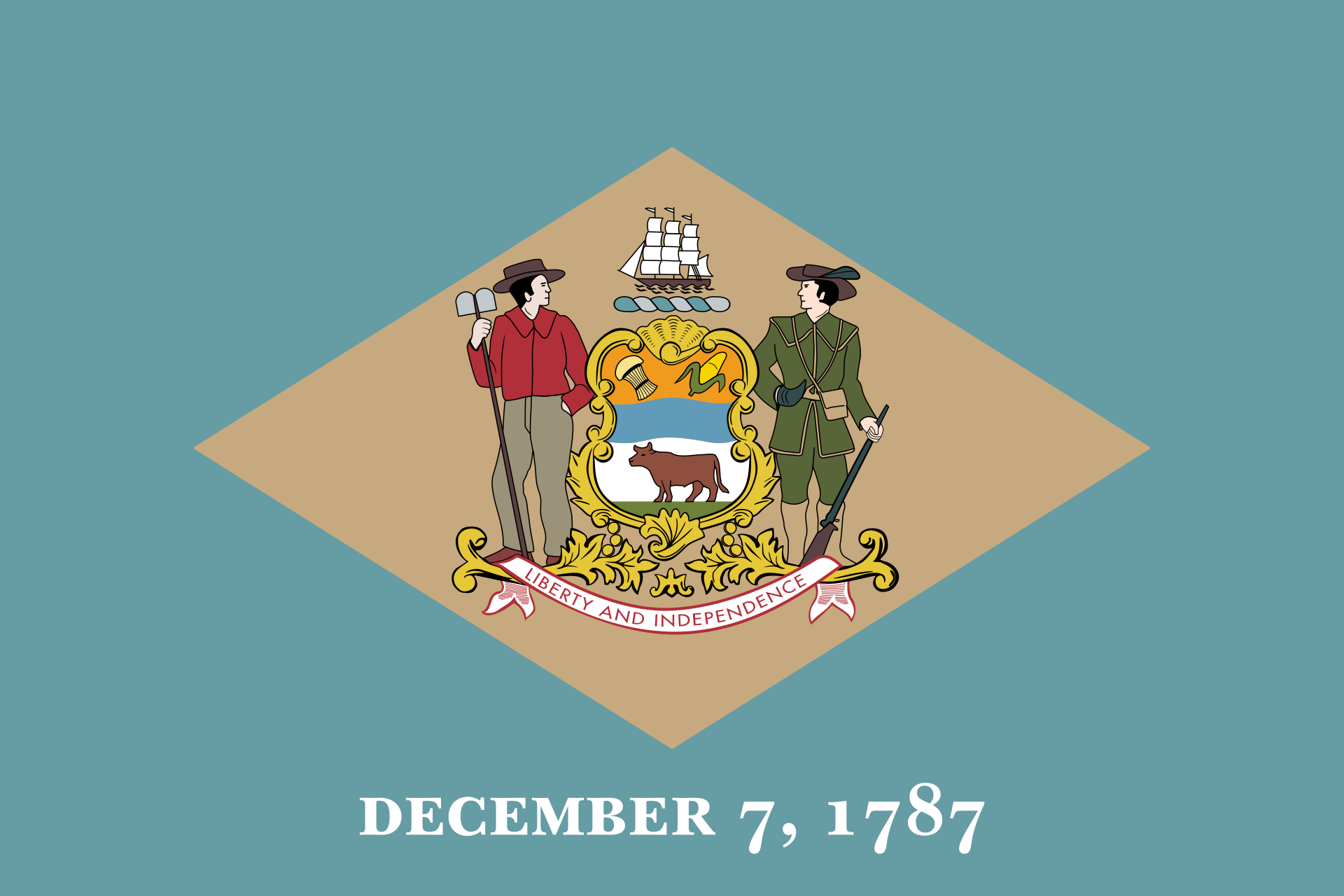 Delaware-DE
Delaware-DE

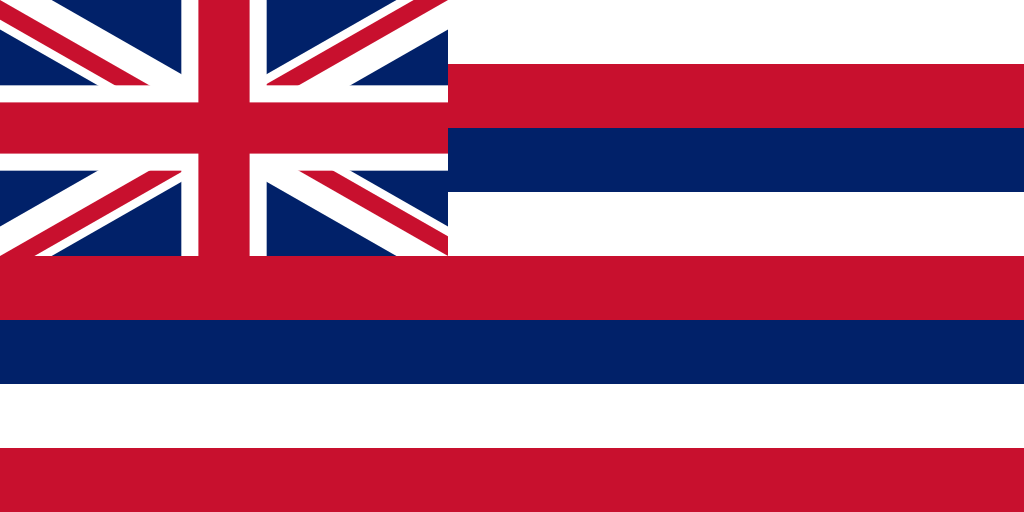 Hawaii-HI
Hawaii-HI

 Louisiana-LA
Louisiana-LA

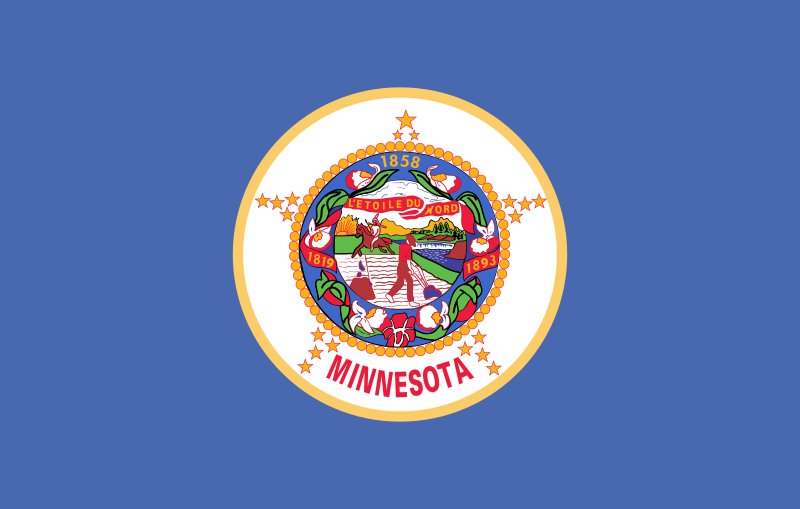 Minnesota-MN
Minnesota-MN

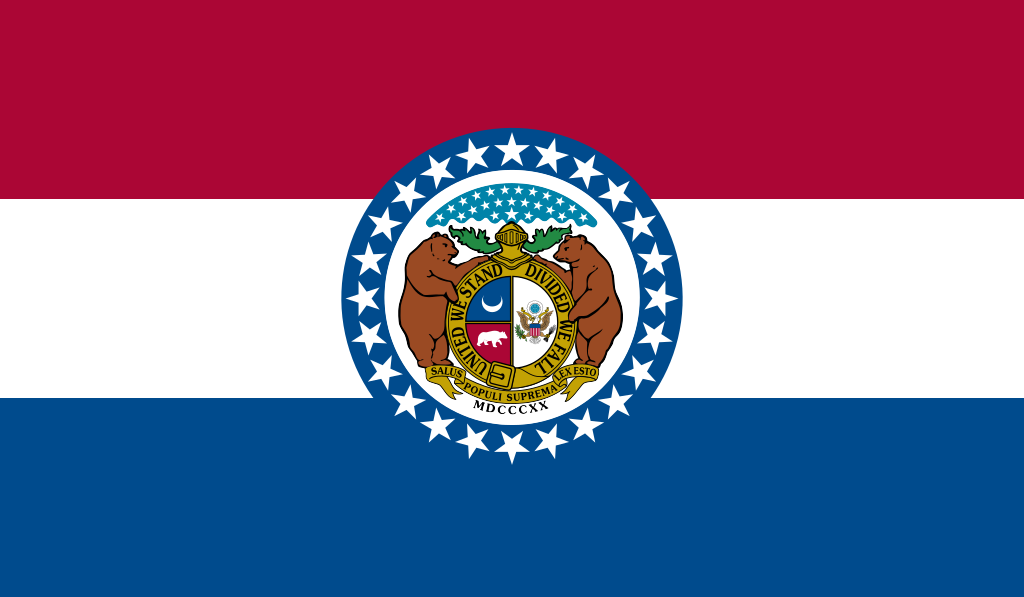 Missouri-MO
Missouri-MO

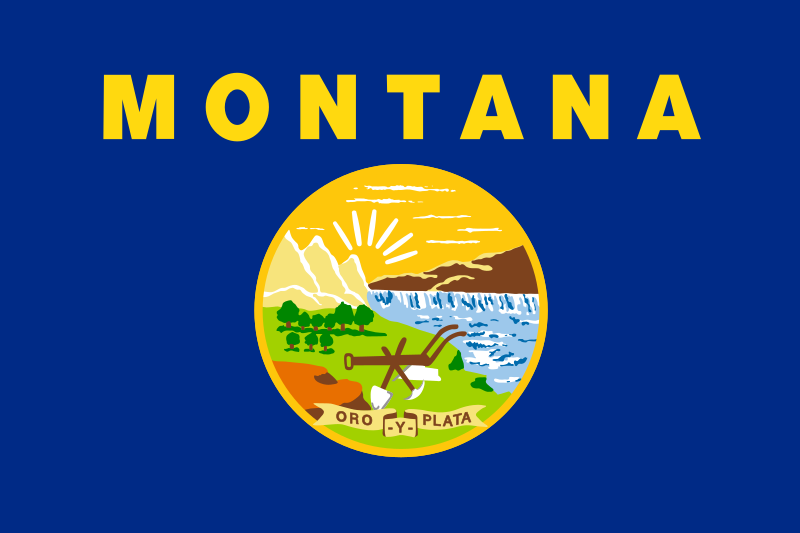 Montana-MT
Montana-MT

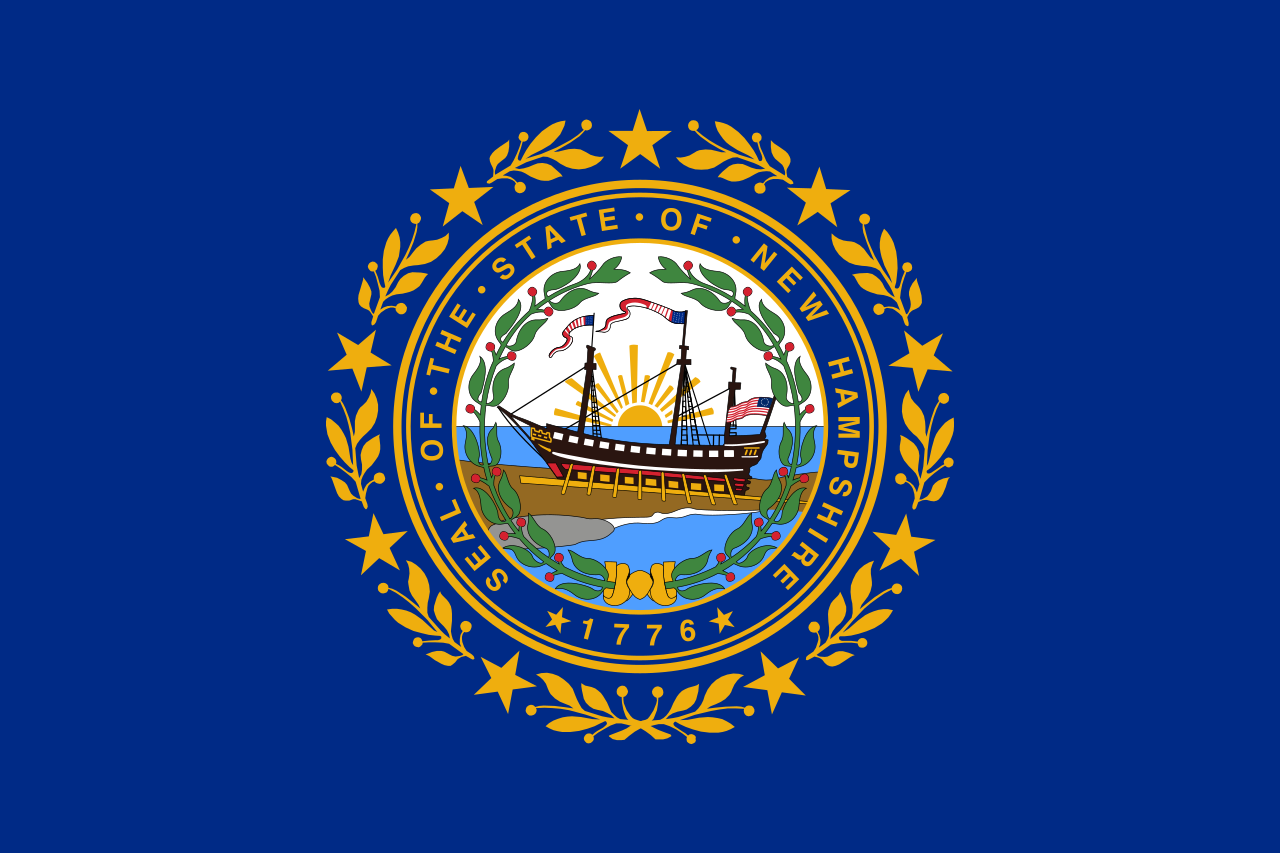 New hampshire-NH
New hampshire-NH

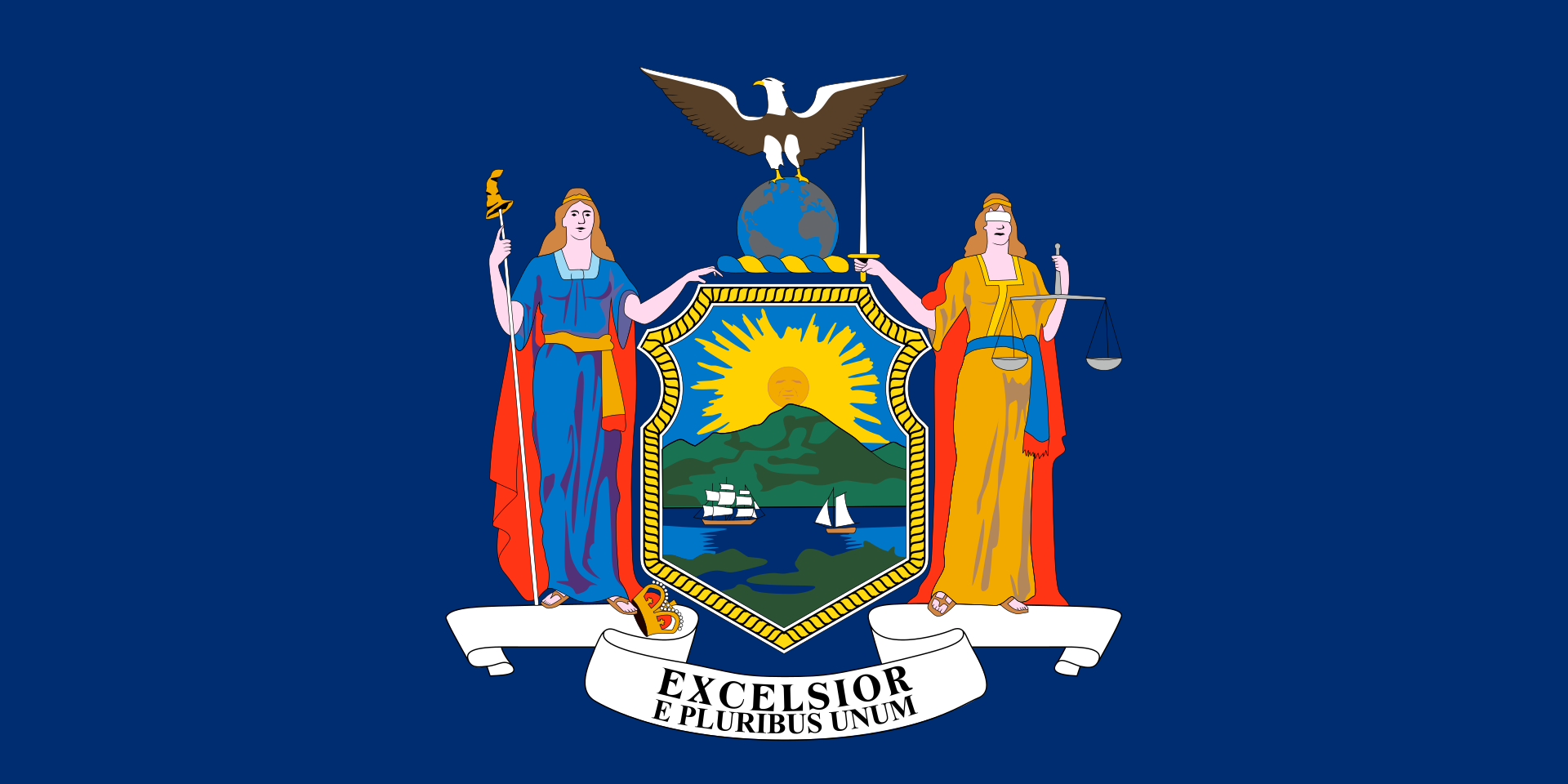 New York-NY
New York-NY

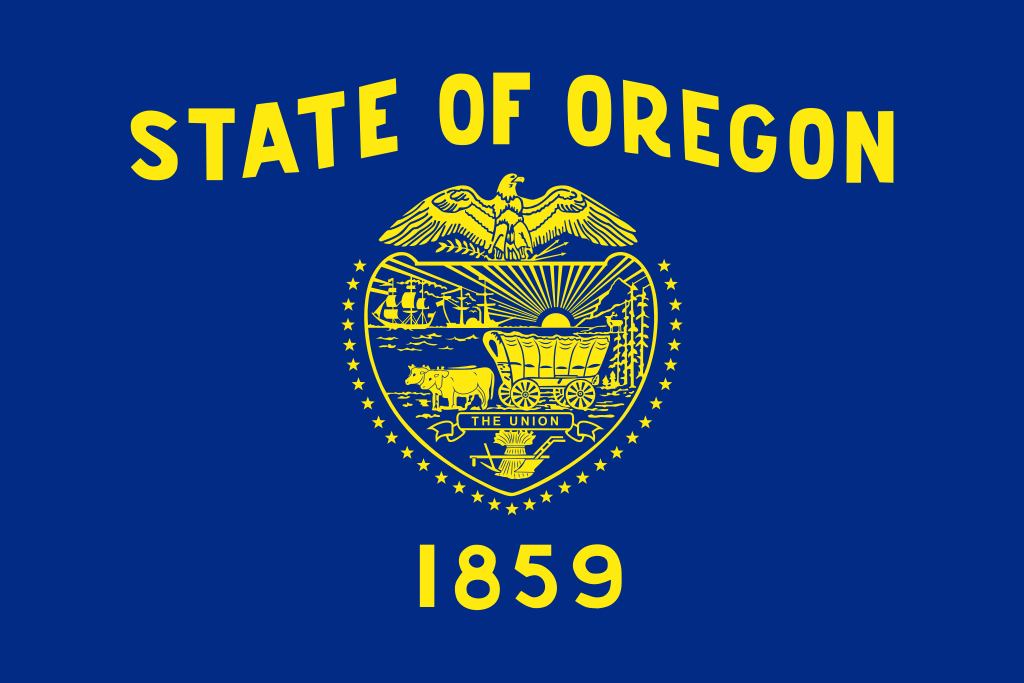 Oregon-OR
Oregon-OR

 Party and government
Party and government
 *Political parties with more than a hundred years of history
*Political parties with more than a hundred years of history

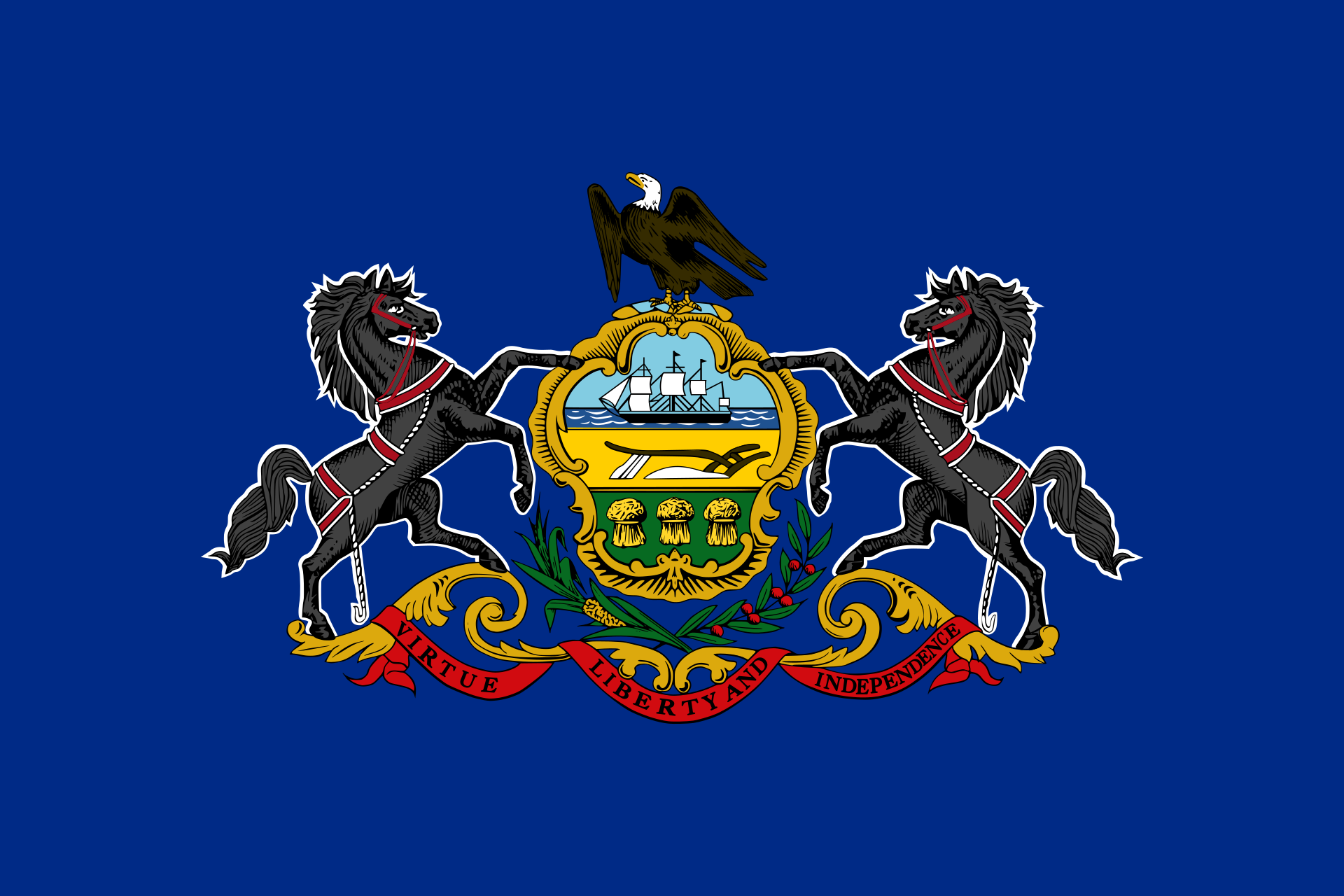 Pennsylvania-PA
Pennsylvania-PA

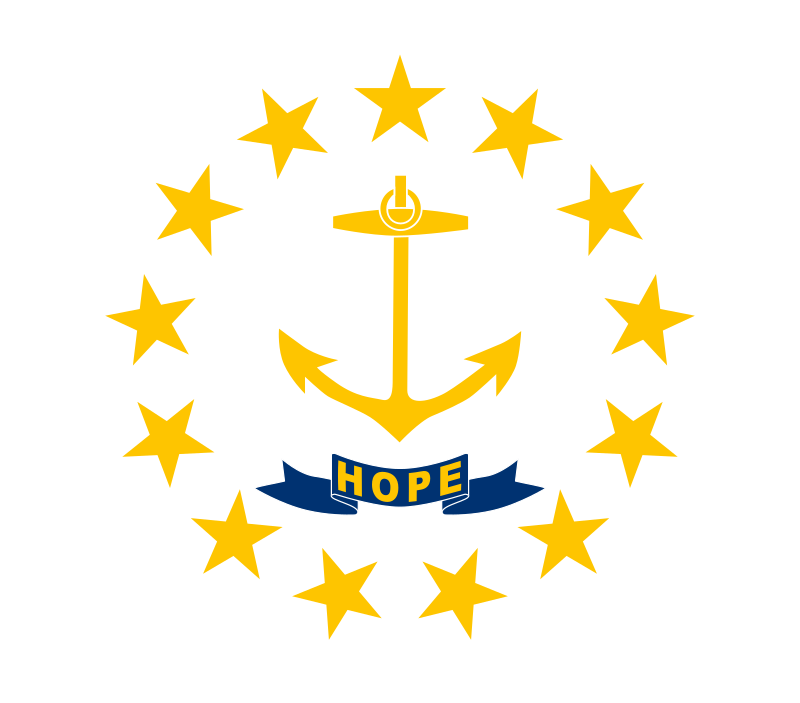 Rhode Island-RI
Rhode Island-RI

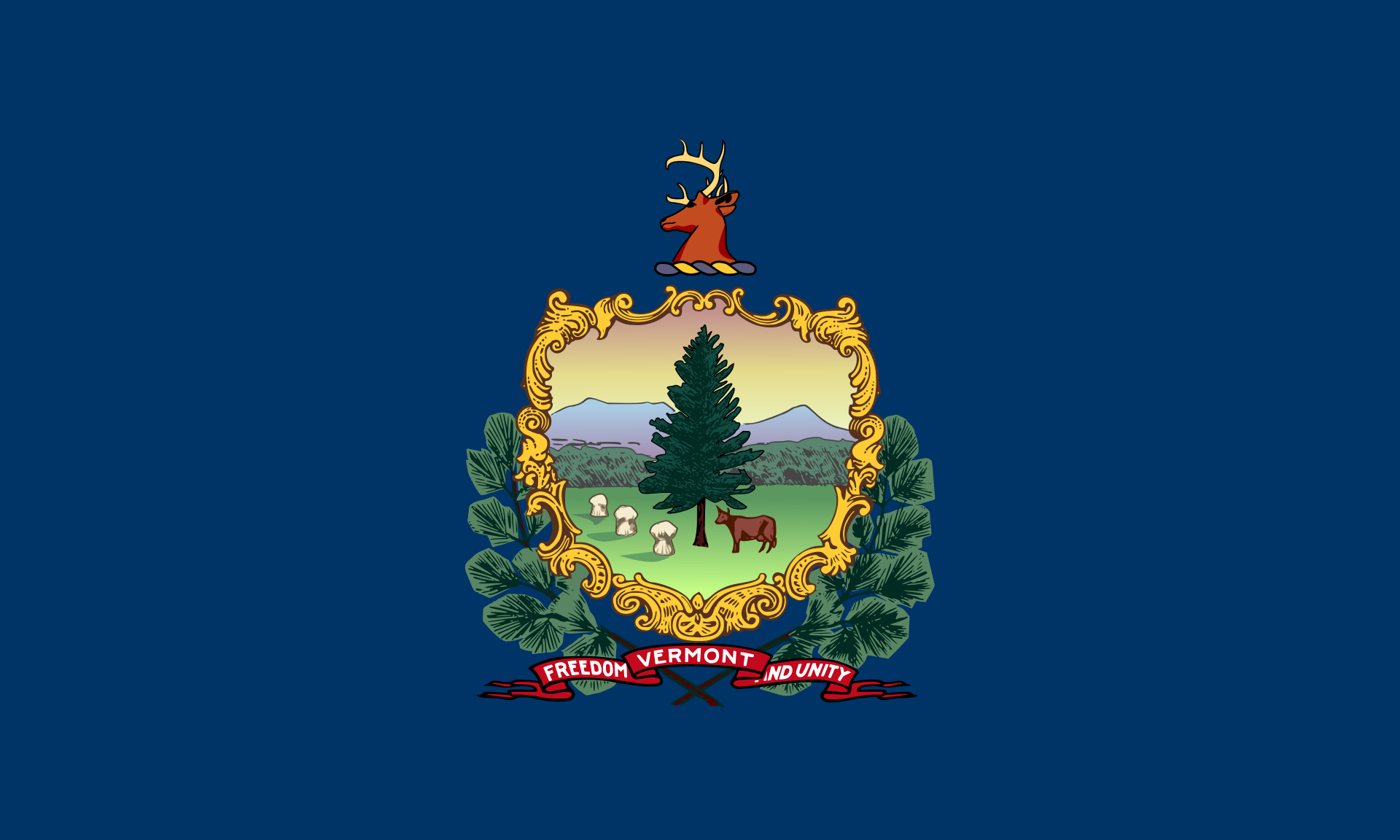 Vermont-VT
Vermont-VT

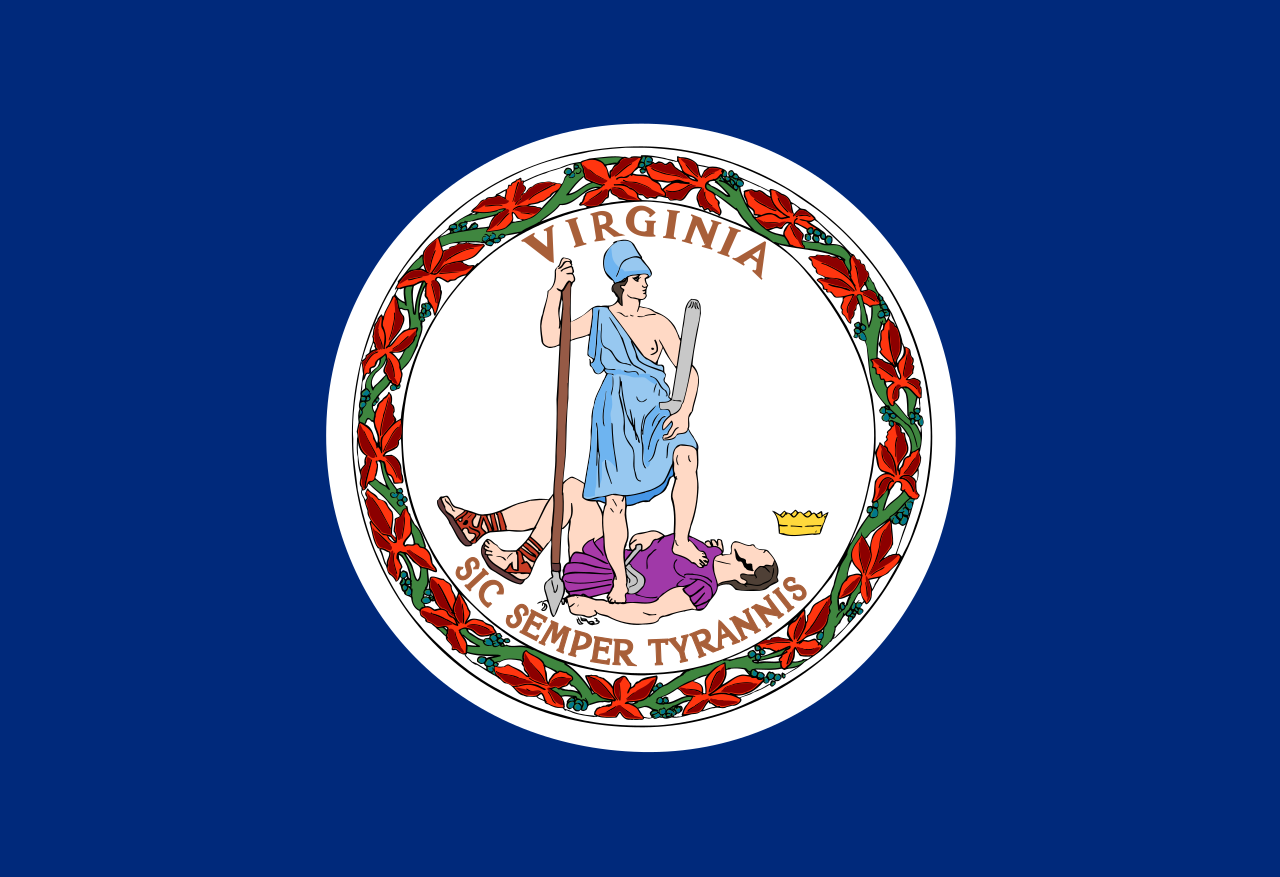 Virginia-VA
Virginia-VA

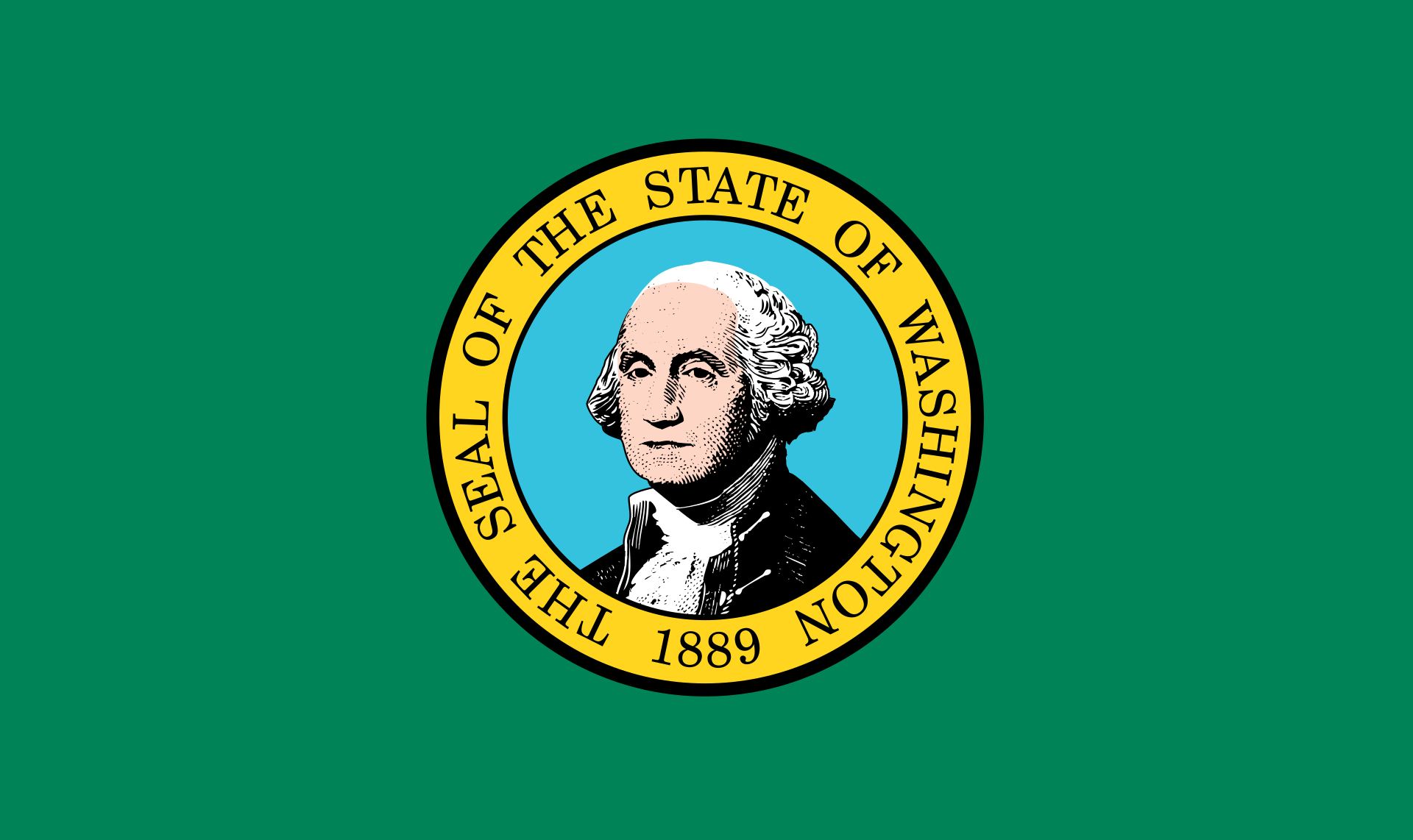 Washington-WA
Washington-WA

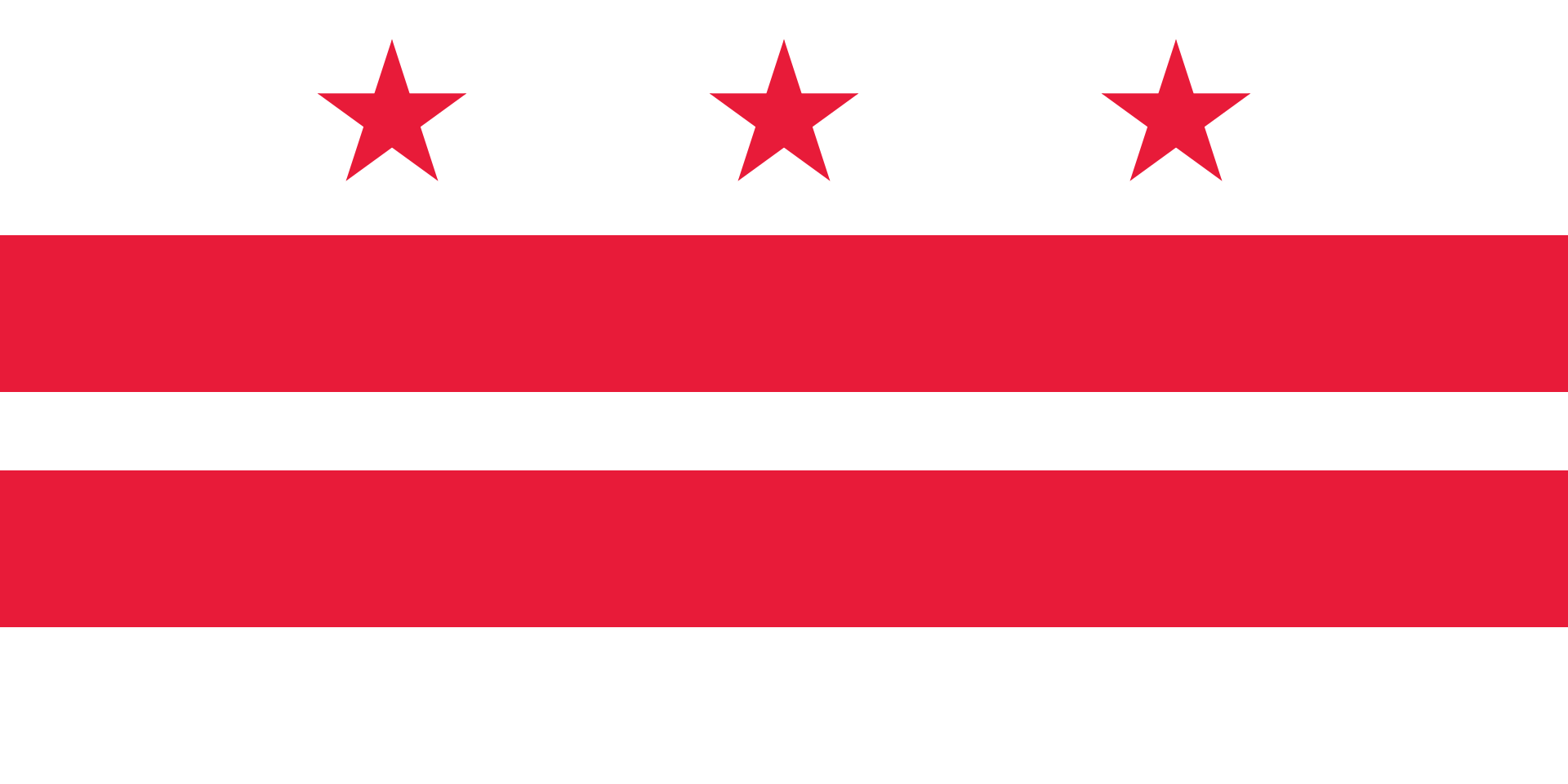 Washington, D.C.
Washington, D.C.

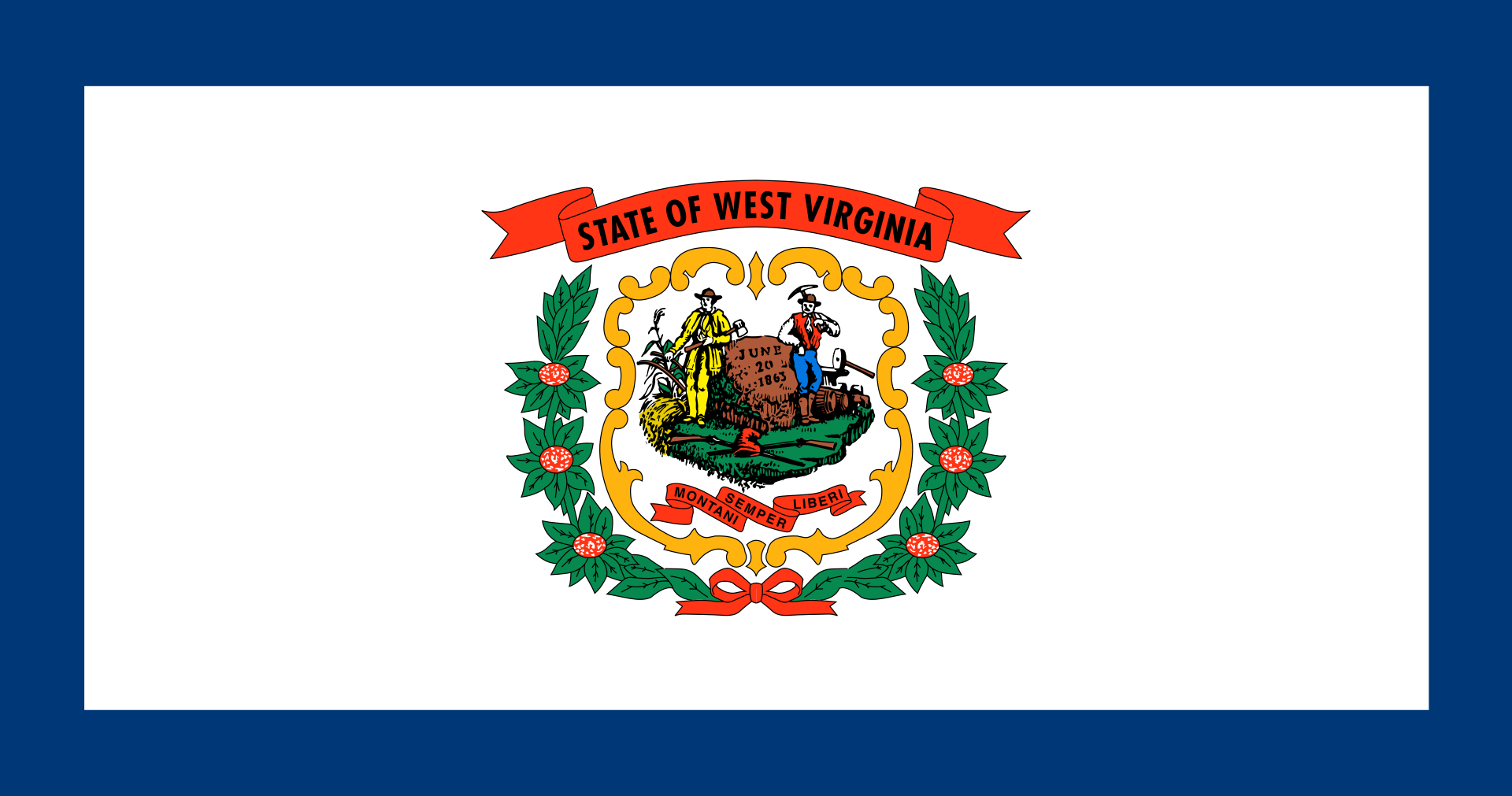 West Virginia-WV
West Virginia-WV
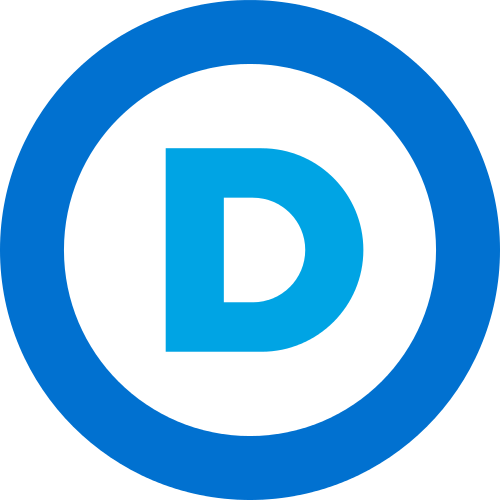
民主党(英语:Democratic Party)是美国的主要政党,与共和党并列为美国两大主要政党。当前是美国最大在野党,并拥有美国国会众议院多数党地位,而该党的州长多在东海岸的新英格兰和西海岸主政。
1828年第七任美国总统安德鲁·杰克逊创建民主党,1848年成立民主党全国委员会,本杰明·富兰克林·哈利特为首任主席,但它的起源最早可以追溯至托马斯·杰斐逊于1792年创立的民主共和党[11]。
民主党在建立之初主要代表美国南部和西部农场主的利益。因此民主党在19世纪中期通过法案强制驱逐印第安人,发动美墨战争,获得大量土地以供农耕。在美国内战中则支持奴隶制以维护成型的农业体制。民主党长期支持奴隶制,获得南方各州的支持。20世纪初,民主党加入民粹主义的农本主义,支持维护白人的工人权利,创建了联邦储备系统,并通过了反垄断法,限制大企业的垄断。自从1930年代以来,富兰克林·德拉诺·罗斯福总统推行新政并称之为美国的自由主义,成为了之后民主党的主要政策走向。新政一直到1960年代的民权运动。1960年代的民权运动以及越战导致在民主党内部引发了对国外军事干预的立场及国内政策严重分歧,这种分歧导致之后民主党失去执政地位,但民主党维持对国会两院的控制权直至至1995年。而民主党的根基也逐渐从倾向白人、蓝领、工人阶级和农民利益,转变为以东西岸的都会居民、富裕阶层、女性和少数族裔为主。
Die Demokratische Partei (englisch Democratic Party, auch als Demokraten (Democrats) bezeichnet) ist neben der Republikanischen Partei eine der beiden großen Parteien in den USA. Ursprünglich eine Partei, die für Rassentrennung eintrat, gelten die Demokraten heute im Vergleich zu den Republikanern als liberaler, weniger konservativ und mehr am Progressivismus orientiert. Ihr inoffizielles Wappentier ist der Esel, obwohl er im Gegensatz zum Elefanten der Republikaner nie offiziell als solches angenommen wurde. Sein Ursprung geht, ebenso wie der Elefant der Republikaner, auf den Karikaturisten Thomas Nast zurück. Die ebenfalls inoffizielle Parteifarbe der Demokraten ist blau. In TV-Sendungen oder Medienberichten werden Senatoren und Parteimitglieder der Demokratischen Partei meistens mit einem „(D)“ hinter ihrem Namen dargestellt. Die Demokraten sind die älteste noch bestehende politische Partei der Welt.
Die Gründung der Partei geht auf Thomas Jefferson und das Jahr 1792 zurück. 1828 bauten Andrew Jackson und andere eine Massenpartei auf. Bis ins frühe 20. Jahrhundert galten die Demokraten als die konservativere der beiden großen Parteien. Das änderte sich ansatzweise während der Präsidentschaft Woodrow Wilsons (1913–1921), dann durch die Reformen des New Deal (1933–1938) und besonders nach dem Parteitag von 1948, als viele zumeist aus den Südstaaten stammende Vertreter einer Rassentrennung die Partei im Streit verließen. Die Demokraten wandten sich immer mehr liberalen und sozialliberalen Werten zu. Da die ursprünglich progressiven Republikaner spätestens seit 1964 ihrerseits nach rechts rückten, haben die beiden Parteien ihre Position im politischen Spektrum gewissermaßen getauscht.
Wie Parteien in den USA allgemein, sind die Demokraten wesentlich anders organisiert als europäische Parteien. So werden Bezirksvorstände, je nach Bundesstaat, zum Teil durch die allgemeine Wahlbevölkerung in Vorwahlen und nicht etwa durch Parteimitglieder allein gewählt. Wichtigstes Organ für die Gesamtpartei ist das Democratic National Committee (DNC, „Demokratisches Nationalkomitee“), das auch die Democratic National Convention (den vierjährlich zur Kür des jeweiligen Präsidentschaftskandidaten stattfindenden Parteitag) veranstaltet; derzeitiger Vorsitzender des DNC ist Tom Perez.
In sechs der letzten sieben Präsidentschaftswahlen gewannen die demokratischen Kandidaten die Mehrheit der abgegebenen Stimmen (Popular Vote); nur 2004 bildete eine Ausnahme. Mit Barack Obama stellte die Partei zuletzt von 2009 bis 2017 den 44. US-Präsidenten. Bei den Kongresswahlen im November 2010 verloren die Demokraten ihre Mehrheit im Repräsentantenhaus und konnten diese auch bei den Wahlen 2012, 2014 und 2016 nicht wiedererlangen. Auch im Senat verfügen sie seit Anfang 2015 nicht mehr über eine Mehrheit. In den Wahlen 2018 konnten sie dann allerdings wieder eine deutliche Mehrheit im Repräsentantenhaus erringen.
民主党(みんしゅとう、Democratic Party)は、アメリカ合衆国の政党。共和党と共に二大政党制を構成している。
一般的に保守の立場を取る共和党に対し、リベラルの立場を取る政党である。進歩同盟加盟。
21世紀においては、2011年以降で連邦議会下院の多数派の地位を失っていたが、2018年の中間選挙(共和党:ドナルド・トランプ大統領)において多数議席を回復した。また、直近では、2007年から2015年まで連邦議会上院において多数議席を占め、2009年から2017年まで大統領(バラク・オバマ政権)を擁した。
労働運動やマイノリティの集票力が大きく、外交面では、国際主義的で国際連合(UN)へのスタンスも好意的である。
内政面では、人工妊娠中絶完全自由化、死刑制度廃止、不法移民容認、労働組合重視、伝統的結婚制度維持反対(同性結婚賛成)同性愛容認、LGBTの権利擁護容認、宗教多様化容認などが特徴であり、リベラル思想の政党である。
The Democratic Party is one of the two major contemporary political parties in the United States, along with its main rival, the Republican Party. Tracing its heritage back to Thomas Jefferson and James Madison's Democratic-Republican Party, the modern-day Democratic Party was founded around 1828 by supporters of Andrew Jackson, making it the world's oldest active political party.[18]
In its early years, the Party supported limited government, state sovereignty and opposed banks and the abolition of slavery. Since Franklin D. Roosevelt and his New Deal coalition in the 1930s, the Democratic Party has promoted a social liberal platform.[3][19] Well into the 20th century, the party had conservative pro-business and Southern conservative-populist wings; following the New Deal, however, the conservative wing of the party largely withered outside the South. The New Deal Coalition of 1932–1964 attracted strong support from voters of recent European extraction—many of whom were Catholics based in the cities.[20][21][22] After the Civil Rights Act of 1964 and the Voting Rights Act of 1965, the core bases of the two parties shifted, with the Southern states becoming more reliably Republican in presidential politics and the Northeastern states becoming more reliably Democratic. The once-powerful labor union element became smaller and less supportive after the 1970s. White evangelicals and Southerners have become heavily Republican at the state and local levels since the 1990s. People living in urban areas, women, college graduates, sexual and gender minorities, millennials, and black, Latino, Jewish, and Asian Americans tend to support the Democratic Party.[23][24][25]
The Democratic Party's philosophy of modern liberalism advocates social and economic equality, along with the welfare state.[26] It seeks to provide government regulation in the economy.[27] Policies such as environmental protection, support for organized labor and labor unions, the introduction of social programs, affordable college tuition, universal health care, equal opportunity, and consumer protection form the core of the party's economic policy.[26][28] On social issues, it advocates campaign finance reform,[29] LGBT rights,[30] police and immigration reform,[31] stricter gun laws,[32] and the legalization of marijuana.[33]
There have been 15 Democrats who have served as president of the United States. The first was Andrew Jackson, who was the seventh president and served from 1829 to 1837. The most recent was Barack Obama, who was the 44th and held office from 2009 to 2017. As of 2019, the Democrats hold a majority in the House of Representatives, 15 state government trifectas (governorship and both legislative chambers),[34] the mayoralty of most major American cities,[35] and 19 total state legislatures. Four of the nine sitting justices of the Supreme Court were appointed by Democratic presidents.
Le Parti démocrate est un parti politique américain qui s'oppose, dans le contexte du système bipartite, au Parti républicain. Il est l'une des plus grandes organisations politiques mondiales avec plus de 44 millions d'adhérents en 2017.
Le Parti démocrate conçoit la société américaine comme une union des communautés de citoyens. Il veut assurer la protection égale de leurs droits particuliers, notamment pour les moins puissants. Il est donc traditionnellement la « grande tente » dans laquelle les minorités se retrouvent23, qu'elles soient ethniques (Afro-Américains depuis le New Deal, Hispaniques et Latino-Américains, Asio-Américains), religieuses (catholiques, musulmans et juifs) ou sociologiques (intellectuels, artistes). Son principal adversaire, le Parti républicain, est considéré a contrario comme un parti White Anglo-Saxon Protestant visant à imposer la force de l'Union par le respect des valeurs centrales qui permettent la réussite des meilleurs, proche des milieux d'affaires et financiers, soutenu par les professions libérales et les entrepreneurs.
Le Parti démocrate est issu de la scission du Parti républicain-démocrate fondé par Thomas Jefferson en 179224. Doyen des partis américains et mondiaux, il est à l'origine un parti anti-fédéraliste défendant la liberté des États face au pouvoir fédéral, et celle des propriétaires individuels face aux intérêts bancaires et industriels. À l'époque de la Guerre de Sécession, il défend également l'esclavage face au parti républicain de Lincoln, abolitionniste. Il évolue nationalement vers une vision moins conservatrice25 et moins méfiante du pouvoir fédéral dès les années 1890, et plus nettement dans les années 1930 avec le président Franklin Delano Roosevelt, en valorisant le rôle de l'État dans la protection des minorités. Dans les années 1960 et 1970, il s'inscrit à gauche sous l'impulsion des sénateurs Hubert Humphrey, George McGovern ou Edward Moore Kennedy, puis se place vers le centre sous les mandats de Jimmy Carter et Bill Clinton avant de se réorienter à gauche sous la présidence de Barack Obama avec l'influence de Bernie Sanders, Elizabeth Warren, Jesse Jackson, Keith Ellison et Nancy Pelosi.
À l'échelle internationale, le Parti démocrate est, depuis 2013, membre de l'Alliance progressiste qui regroupe l'ensemble des partis politiques progressistes, sociaux-démocrates et socialistes proche de l'Internationale socialiste. Il est dirigé par le Comité national démocrate.
Il Partito Democratico (in inglese: Democratic Party) è un partito politico liberale statunitense, nonché uno dei due principali partiti del sistema politico statunitense insieme al Partito Repubblicano. Nel contesto politico statunitense odierno è considerato come il partito di centro-sinistra e della sinistra liberale (pur con le sue fazioni interne più conservatrici di centro e centro-destra e più socialdemocratiche di sinistra) in contrapposizione al Partito Repubblicano, che è invece diventato il partito della destra conservatrice, un'unione del liberalismo con il conservatorismo sociale e il tradizionalismo. Nel Congresso in carica il Partito Democratico detiene la maggioranza alla Camera dei rappresentanti (riconquistata nel 2018 dopo averla persa nel 2010), avendo perso il controllo del Senato nel 2014 e della presidenza nel 2016.
Fondato col nome moderno nel 1828 dai sostenitori di Andrew Jackson, il Partito Democratico è il più antico del mondo tra quelli attivi, originando dal Partito Democratico-Repubblicano fondato da Thomas Jefferson, James Madison e altri influenti anti-Federalisti nel 1792. Dopo la spaccatura dei Democratici-Repubblicani nel 1828 si è posizionato alla destra dei centristi Whig, partito predecessore del Partito Repubblicano di sinistra per quanto riguarda la questione della schiavitù che dominò quegli anni, soprattutto a partire dagli anni 1840 fino agli anni 1860, con i vari compromessi dei Whig che alla fine si sono rivelati inefficaci e che portarono alla fondazione del Partito Repubblicano nel 1854 da ex esponenti dei Whig e del Suolo Libero nonché militanti di preesistenti movimenti antischiavisti per opporre l'allora governo Democratico e contrastare la temuta espansione a ovest del sistema schiavistico degli Stati meridionali dominato dai Democratici.
L'elezione del Repubblicano Abraham Lincoln nel 1860 portò a una cruenta guerra civile tra i Democratici secessionisti schiavisti sudisti che formarono gli Stati Confederati d'America e i Repubblicani a favore dell'Unione. Ciò causò diversi dissidi interni al partito, con fazioni in favore dell'Unione e fazioni schiaviste intransigenti (già alle elezioni presidenziali del 1860 vinte da Lincoln i Democratici proposero due candidati, uno del nord e uno del sud). Il Democratico Andrew Johnson in favore dell'Unione fu scelto come vicepresidente da Lincoln per le elezioni presidenziali del 1864, con i due che si presentarono insieme come il Partito dell'Unione Nazionale così da favorire il consenso dei Democratici che non avrebbero votato per un duo Repubblicano mentre i Democratici presentarono l'intransigente generale filo-sudista George McClellan, uscendo sconfitti e poi perdendo definitivamente la guerra di secessione. Il Proclama di emancipazione abolì la schiavitù, ma Lincoln fu assassinato nel 1865 e Johnson prese il suo posto. Ciò causò fastidi ai Repubblicani, soprattutto alla fazione più liberale e radicale in fatto di diritti civili per gli ex schiavi afroamericani, arrivando alla fallita messa in stato di accusa del 1868 per un solo voto. Durante l'era della ricostruzione i Democratici cercarono di bloccare l'emancipazione civile e politica degli afroamericani, soprattutto nel Sud, riuscendoci nel 1877 come parte di un accordo bilaterale per eleggere il Repubblicano Rutherford B. Hayes alla carica di presidente a seguito delle controverse e dibattute elezioni presidenziali del 1876, con le truppe militari che non poterono più sostenere i governi statali Repubblicani nel Sud.
Nonostante la questione schiavista, il Partito Democratico proponeva certe politiche egalitarie, era a favore della democrazia e si proclamava partito della gente comune. Si spostò più a sinistra nelle questioni economiche dopo la vittoria dell'ala populista di William Jennings Bryan nel 1896 e con il New Deal («nuovo corso»), sebbene fino agli anni sessanta del Novecento molti Democratici conservatori e populisti degli Stati meridionali erano ancora favorevoli alla segregazione razziale. Di fatto il supporto dei sudisti che erano a favore di politiche economiche di sinistra fu importante nell'attuare la legislazione del New Deal di Franklin Delano Roosevelt. Pur favorendo le politiche sociali del Repubblicano Barry Goldwater, essi rigettarono le sue proposte economiche liberiste e di privatizzazione dello Stato sociale. La filosofia attivista a favore della classe lavoratrice di Roosevelt chiamata liberalismo (un'unione del liberalismo sociale e del progressismo) ha infatti rappresentato gran parte del programma del partito sin dal 1932. A partire dal 1948, con la desegregazione delle Forze armate statunitensi attuata dal presidente Harry Truman, i Democratici si sono spostati a sinistra anche sulle questione sociali. Dagli anni 1970 l'ambientalismo è diventato un importante corrente nel partito.
Sulle questioni di politica estera entrambi i partiti Democratici e Repubblicani hanno cambiato diverse volte le rispettive politiche. Inizialmente promotori del destino manifesto e dell'espansione a ovest, i Democratici sono diventati anti-imperialisti e isolazionisti sotto la presidenza di Grover Cleveland (liberista) e poi interventisti e internazionalisti a partire dalla presidenza di Thomas Woodrow Wilson (liberal-progressista). Durante la guerra fredda furono promotori dell'anticomunismo, ma avversari dell'ultraconservatore Repubblicano Joseph McCarthy. Molti attivisti Democratici si opposero alla guerra del Vietnam, alienati dal crescente militarismo e promotori della controcultura e della nuova sinistra. Da allora il partito è diventato più pragmatico e aperto al multilateralismo, sebbene la fazione neoconservatrice in politica estera mantenne la presidenza, approvando l'interventismo in Jugoslavia negli anni 1990 e quello in Medio Oriente negli anni 2010, ma rigettando la guerra in Iraq a inizi anni 2000. La fazione opposta in politica estera è rappresentata tra gli altri da Bernie Sanders, Tulsi Gabbard e per certi versi anche da Elizabeth Warren, oltre che dalla cosiddetta Squad.
La coalizione del New Deal di Roosevelt controllò spesso il governo nazionale fino al 1964 e il movimento per i diritti civili degli anni 1950 e 1960 lo confermò nel centro-sinistra mentre i Repubblicani si spostarono sempre più a destra, facendogli tuttavia perdere parte dei consensi negli Stati meridionali e perdendo le successive due elezioni presidenziali, anche se a livello locale e statale ciò non si realizzò almeno sino angli anni 1980 e 1990 in quanto i sudisti preferivano le politiche economiche Democratiche, ma ciò venne meno quando entrambi i partiti appoggiarono il neoliberismo. A partire dagli anni 1990 i Democratici hanno infatti approvato il programma di Bill Clinton della più centrista terza via, cui anche il presidente Barack Obama ha aderito come Nuovo Democratico, per provare a vincere le elezioni dopo dodici anni, cosa che ha avuto successo con Clinton (1993–2001) e Obama (2009–2017), ma che fallì con Al Gore (2000) e Hillary Clinton (2016).
El Partido Demócrata (en inglés: Democratic Party) es un partido político progresista, que junto con el Partido Republicano, es uno de los dos partidos más grandes de los Estados Unidos. Traza sus orígenes al Partido Demócrata-Republicano de Thomas Jefferson y James Madison. Fue fundado alrededor de 1828 por seguidores de Andrew Jackson, convirtiéndolo en el partido político activo más antiguo del mundo.11
La filosofía del partido fue en sus inicios, el conservadurismo, siendo el populismo su característica principal en las zonas rurales del sur de los Estados Unidos.12.13 Hasta bien entrado el siglo XX, el partido tenía alas conservadoras pro-negocios y alas sureñas conservador-populistas anti-negocios. Gracias al New Deal, sin embargo, el ala conservadora del partido se extinguió fuera del Sur. La Coalición New Deal de 1932 a 1964 atrajo fuerte apoyo de votantes con orígenes europeos recientes, muchos de los cuales eran católicos que habitaban grandes ciudades.141516 Después de la conmoción racial de la década de 1960, la mayor parte de los sureños blancos y católicos del norte mudaron sus ideologías al Partido Republicano. El otrora poderoso sindicato se volvió más pequeño y menos comprensivo después de los años setenta. Evangélicos caucásicos y sureños por igual, se volvieron arduos republicanos a nivel local y estatal desde los años noventa. La gente que habita áreas metropolitanas, mujeres, minorías sexuales, milenials, graduados universitarios y minorías raciales y étnicas1718 tienden a apoyar al Partido Demócrata mucho más de lo que apoyan al Partido Republicano rival.
La filosofía del Partido Demócrata del liberalismo moderno aboga por la igualdad social junto con el estado del bienestar.19 20
Políticas como la introducción de programas sociales, el apoyo a los sindicatos, matrícula universitaria asequible, atención médica universal, igualdad de oportunidades, protección del consumidor y del medio ambiente constituyen el núcleo de la política económica del partido.1921 En cuestiones sociales, el partido apoya los derechos reproductivos, los derechos LGBT, la reforma migratoria, la reforma de financiación de campañas, el control de armas y la legalización de la marihuana.
Quince demócratas han servido como presidente de los Estados Unidos. El primero fue el presidente Andrew Jackson, que fue el séptimo presidente y se desempeñó desde 1829 hasta 1837. El más reciente fue el presidente Barack Obama, quien fue el 44º presidente y ocupó el cargo desde 2009 hasta 2017. Después de las elecciones intermedias de 2018, los demócratas obtuvieron la mayoría en la Cámara de Representantes, "trifectas" (poder ejecutivo y ambas cámaras del poder legislativo) en 14 estados,22 y la alcaldía de numerosas grandes ciudades estadounidense.23 Veintitrés gobernadores estatales son demócratas, y el partido forma minoría en el Senado y en la mayoría de las legislaturas estatales (control total de 18/50, control dividido de los demás). En abril de 2019, cuatro de los nueve jueces de la Corte Suprema habían sido nombrados por presidentes demócratas.
Демократическая партия (англ. Democratic Party) — наряду с Республиканской, одна из двух крупнейших современных политических партий США. Является самой старой партией в США. Её неофициальный символ — ослик (символ упрямого преодоления препятствий и выносливости), неофициальный цвет — голубой.
Начиная с 1930-х годов партия занимает социально-либеральные и прогрессивные позиции,[2][3][4] объединяя в своих рядах прогрессистов, либералов и центристов.[5] В результате смещения Демократической партии в сторону либерализма и прогрессивизма, произошедшего в 1930-х—1960-х годах, изменилась и география поддержки демократов. Если во второй половине XIX — первой половине XX века партия наибольшим влиянием пользовалась на юго-востоке США, в настоящее время она наиболее сильна на северо-востоке (Средне-Атлантические штаты и Новая Англия), в районе Великих озёр и на Тихоокеанском побережье (включая Гавайи), а также в крупных городах независимо от региона.
44-й Президент США Барак Обама являлся пятнадцатым демократом, занимавшим эту должность. По итогам выборов 2016 года Демократическая партия уступила республиканцам как по количеству мест в сенате и Палате представителей, так и по количеству губернаторов штатов и контролируемых законодательным собраниям штатов.
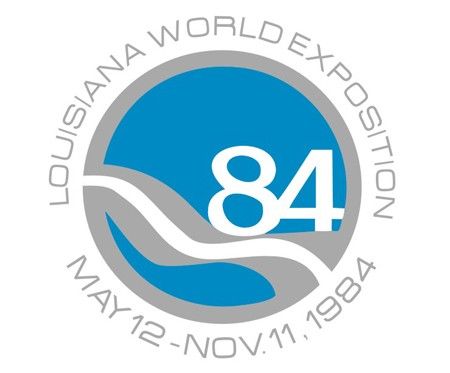


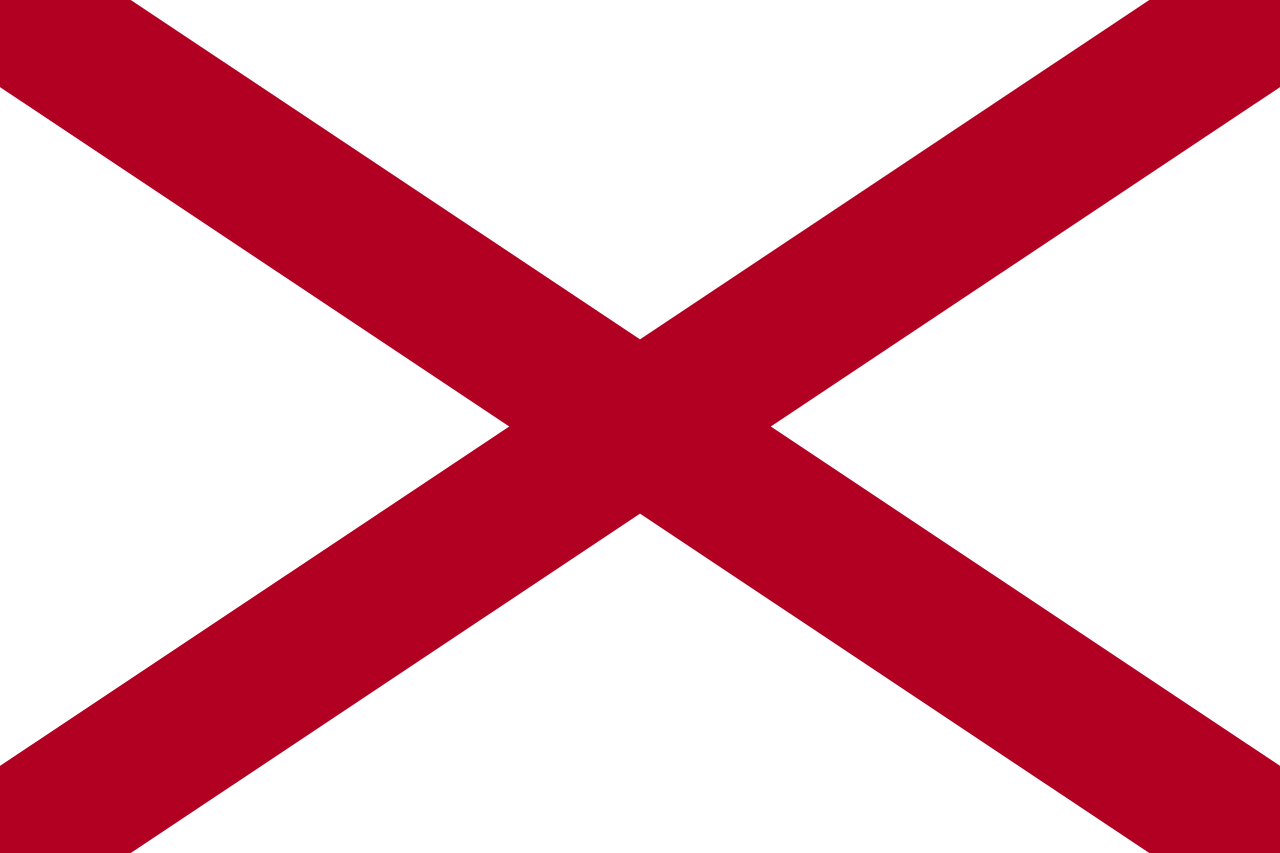 Alabama-AL
Alabama-AL
 Cuba
Cuba

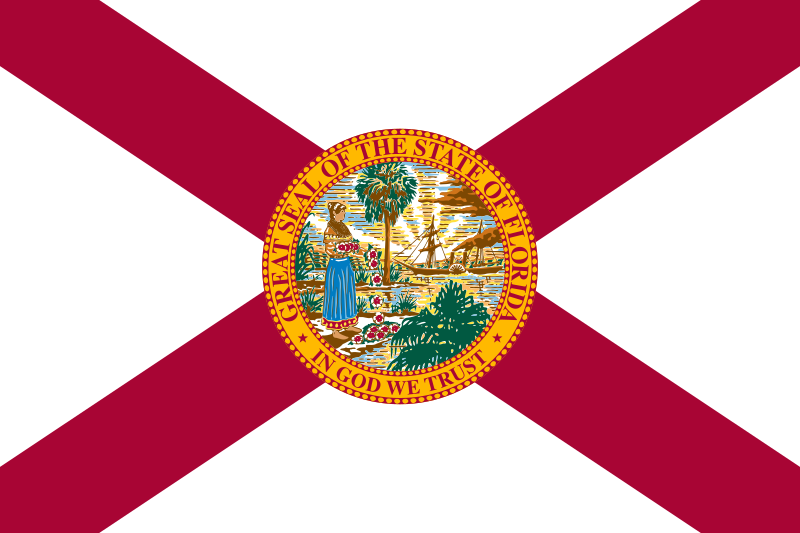 Florida-FL
Florida-FL

 Louisiana-LA
Louisiana-LA
 Mexico
Mexico
 Mississippi River
Mississippi River

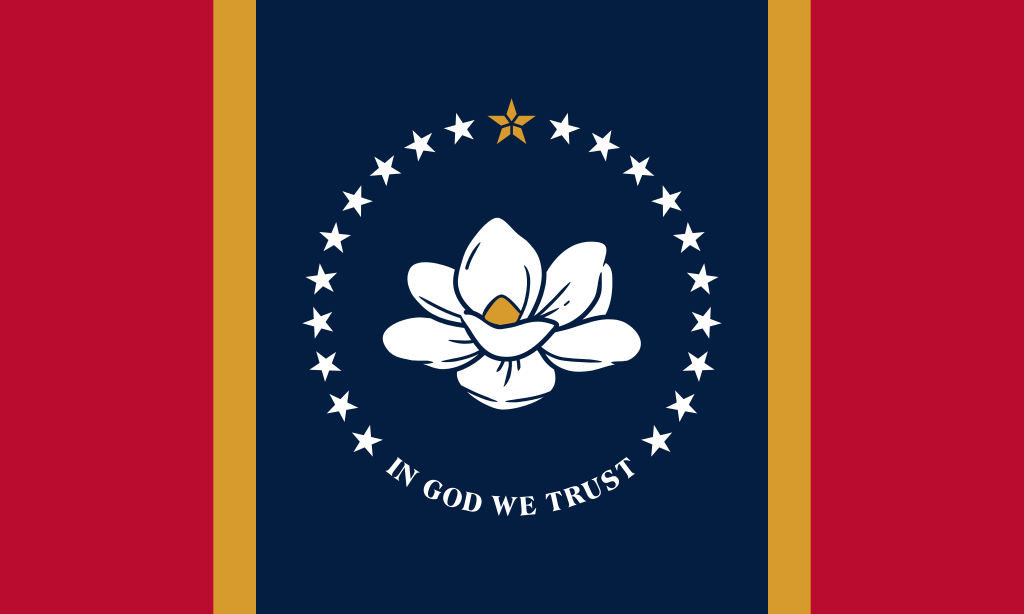 Mississippi-MS
Mississippi-MS

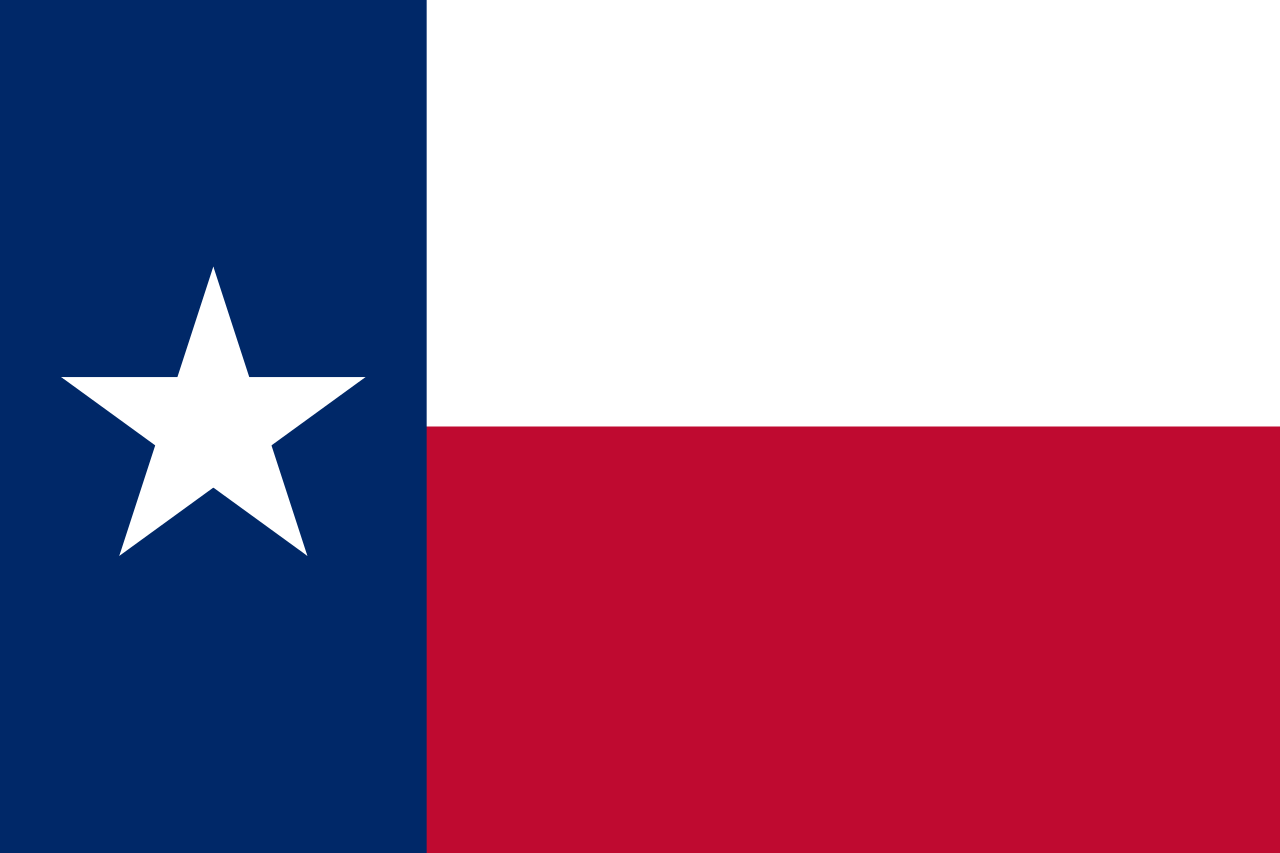 Texas-TX
Texas-TX
 United States
United States
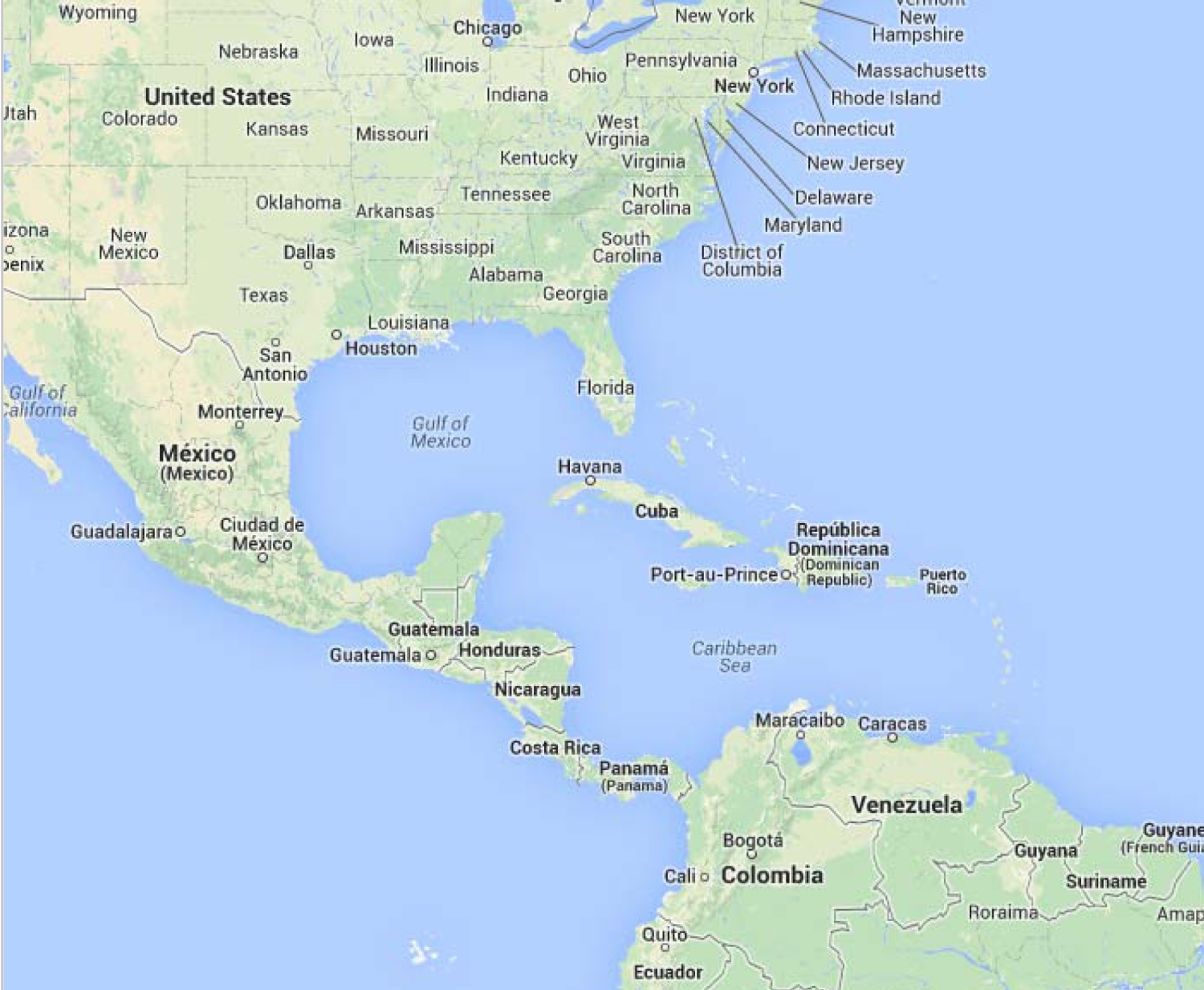
墨西哥湾是北美洲南部大西洋的一海湾,以佛罗里达半岛-古巴-犹加敦半岛一线与外海分割。北为美国,南、西为墨西哥,东南为古巴,东经佛罗里达海峡与大西洋相连,经尤卡坦海峡与加勒比海相接,是著名的墨西哥湾暖流的起点。墨西哥湾形成于3亿年前的地球板块运动。[1]
Der Golf von Mexiko (englisch Gulf of Mexico, spanisch Golfo de México; veraltet: Meerbusen von Mexiko[1]) ist eine nahezu vollständig von Nordamerika eingeschlossene Meeresbucht. Der Golf ist ein Randmeer des Atlantischen Ozeans und der nordwestliche Teil des Amerikanischen Mittelmeers.
湾の東部、北部、および北西部の海岸線はアメリカ合衆国(フロリダ州、アラバマ州、ミシシッピ州、ルイジアナ州、テキサス州)に接し、南西部と南部の海岸線はメキシコ(タマウリパス州、ベラクルス州、タバスコ州、カンペーチェ州、ユカタン州およびキンタナ・ロー州)に接している。また南東部はキューバとの海岸線をもつ。
アメリカとキューバの間にあるフロリダ海峡を経て大西洋に通じており、メキシコとキューバの間にあるユカタン海峡を経てカリブ海へと通じている。支湾として北東部にアパラチー湾、南西部にカンペチェ湾などがある。
メキシコ湾は東西の幅が約1,500km、総面積は約160万 km²で、南の3分の1は熱帯に入る。最大水深はSigsbee Deepでの4,384m。二大海流として黒潮と共に知られるメキシコ湾流はここを起源とし、巨大ハリケーンが頻繁に訪れることでも有名である。
The Gulf of Mexico (Spanish: Golfo de México) is an ocean basin and a marginal sea of the Atlantic Ocean,[1] largely surrounded by the North American continent.[2] It is bounded on the northeast, north and northwest by the Gulf Coast of the United States, on the southwest and south by the Mexican states of Tamaulipas, Veracruz, Tabasco, Campeche, Yucatan, and Quintana Roo, and on the southeast by Cuba. The US states of Texas, Louisiana, Mississippi, Alabama, and Florida border the Gulf on the north, which are often referred to as the "Third Coast", in comparison with the U.S. Atlantic and Pacific coasts.
The Gulf of Mexico formed approximately 300 million years ago as a result of plate tectonics.[3] The Gulf of Mexico basin is roughly oval and is approximately 810 nautical miles (1,500 km; 930 mi) wide and floored by sedimentary rocks and recent sediments. It is connected to part of the Atlantic Ocean through the Florida Straits between the U.S. and Cuba, and with the Caribbean Sea via the Yucatán Channel between Mexico and Cuba. With the narrow connection to the Atlantic, the Gulf experiences very small tidal ranges. The size of the Gulf basin is approximately 1.6 million km2 (615,000 sq mi). Almost half of the basin is shallow continental shelf waters. The basin contains a volume of roughly 2,500 quadrillion liters (550 quadrillion Imperial gallons, 660 quadrillion US gallons, 2.5 million km3 or 600,000 cu mi).[4] The Gulf of Mexico is one of the most important offshore petroleum production regions in the world, comprising one-sixth of the United States' total production.[5]
Le golfe du Mexique est un golfe de l'océan Atlantique, situé au sud-sud-est de l'Amérique du Nord. Il s'étend sur une superficie de 1 550 000 km2. Il baigne la péninsule de Floride, la Louisiane , le Sud-Est du Texas, la côte orientale du Mexique et une partie du littoral nord de Cuba.
Il golfo del Messico è uno dei golfi più grandi del mondo[1], situato nell'Oceano Atlantico, tra la costa dell'America settentrionale e centrale ad ovest e il mar dei Caraibi ad est.
Situato a Sud degli Stati Uniti e a Nord del Messico, e delimitato da due grandi penisole, lo Yucatán e la Florida, rispettivamente in Messico e negli Stati Uniti, comprende i litorali di undici stati: Florida, Alabama, Mississippi, Louisiana e Texas (per gli Stati Uniti) e Tamaulipas, Veracruz, Tabasco, Campeche, Yucatán e Quintana Roo (per gli Stati del Messico). Sul golfo si affaccia anche lo Stato di Cuba ed è collegato ad est al Mar dei Caraibi.
L'ampia sezione del golfo compresa tra la penisola dello Yucatán e la costa messicana assume la denominazione di baia di Campeche, mentre insieme al Mar dei Caraibi, forma il Mediterraneo Americano, espressione non riportata normalmente nelle carte, ma usata in oceanografia, geologia e biologia marina[2]. In esso viene generata la famosa Corrente del Golfo che rende abitabili la maggior parte delle coste atlantiche dell'Europa ed è inoltre luogo di formazione e transito di cicloni tropicali che qui prendono il nome di uragani a partire da tempeste tropicali che impattano poi sovente sulla costa messicana e statunitense o sulle isole caraibiche.
El golfo de México es una cuenca oceánica contenida entre los litorales de México, Estados Unidos y Cuba. Los estados mexicanos que tienen costa en este golfo son: Tamaulipas, Veracruz, Tabasco, Campeche, Yucatán; los estadounidenses son: Florida, Alabama, Misisipi, Luisiana y Texas. La península de Florida y la isla de Cuba ocupan la parte oriental del golfo, donde se encuentra la salida de este hacia el océano Atlántico, en tanto que la península de Yucatán, también al oriente, separa al golfo del mar Caribe.1
Мексика́нский зали́в (исп. Golfo de México, англ. Gulf of Mexico, фр. Golfe de Mexique) — внутреннее море западной части Атлантического океана. Ограничен с северо-запада, севера и востока побережьем США (штаты Флорида, Алабама, Миссисипи, Луизиана и Техас), на юге и юго-западе — побережьем Мексики (штаты Тамаулипас, Веракрус, Табаско, Кампече, Юкатан), а также островом Кубой[1]. Внешне напоминает овал. Площадь залива — 1543 тыс. км², объём воды — около 2332 тыс. км³[2]. Энергия вод, которые сильно нагреваются в летний период, служит основой для формирования сильных тропических штормов и мощных ураганов, крупнейшие из которых (Катрина, Густав, Иван и др.) практически ежегодно приводят к разрушительным последствиям в прибрежных регионах залива. Имеет важное хозяйственное значение для государств, омываемых им. Является одним из самых тёплых водоёмов в мире[3].
Мексиканский залив образовался примерно 300 миллионов лет назад в результате тектоники литосферных плит[4]. Поверхность залива по форме напоминает овал шириной около 1,5 тысяч километров. Дно залива составлено из осадочных пород и недавних отложений. Сообщается с Атлантическим океаном через Флоридский пролив между США и Кубой, и с Карибским морем через Юкатанский пролив между Кубой и Мексикой. Мексиканский залив и Карибское море иногда объединяют под названием Американское Средиземное море. Из-за слабой связи с Атлантическим океаном, залив испытывает лишь небольшие приливы и отливы. Площадь залива составляет 1,5—1,6 млн км², около половины составляют континентальные шельфовые воды. Объём воды в заливе оценивается в 2.5 миллиона кубических километров[3].

 Alabama-AL
Alabama-AL

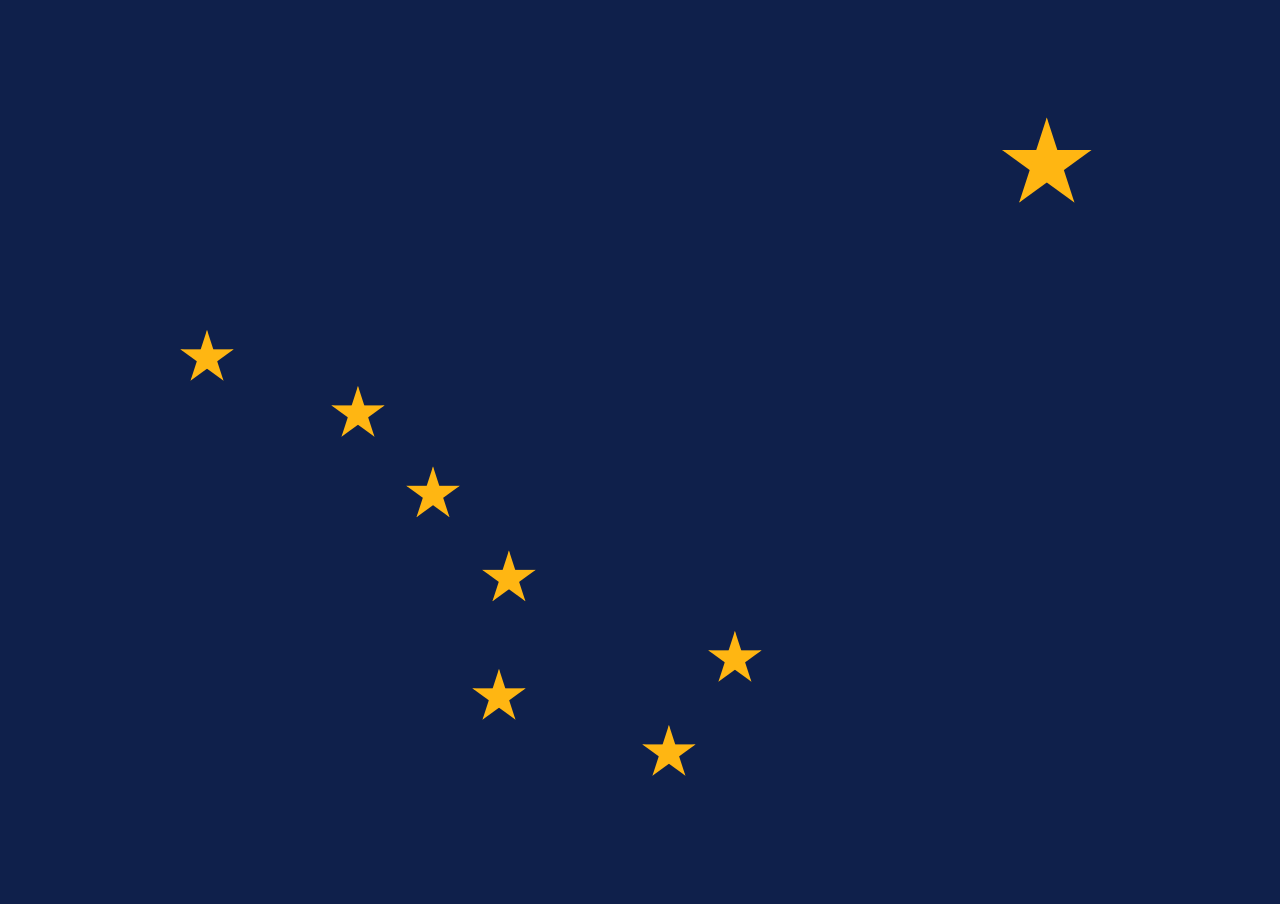 Alaska-AK
Alaska-AK

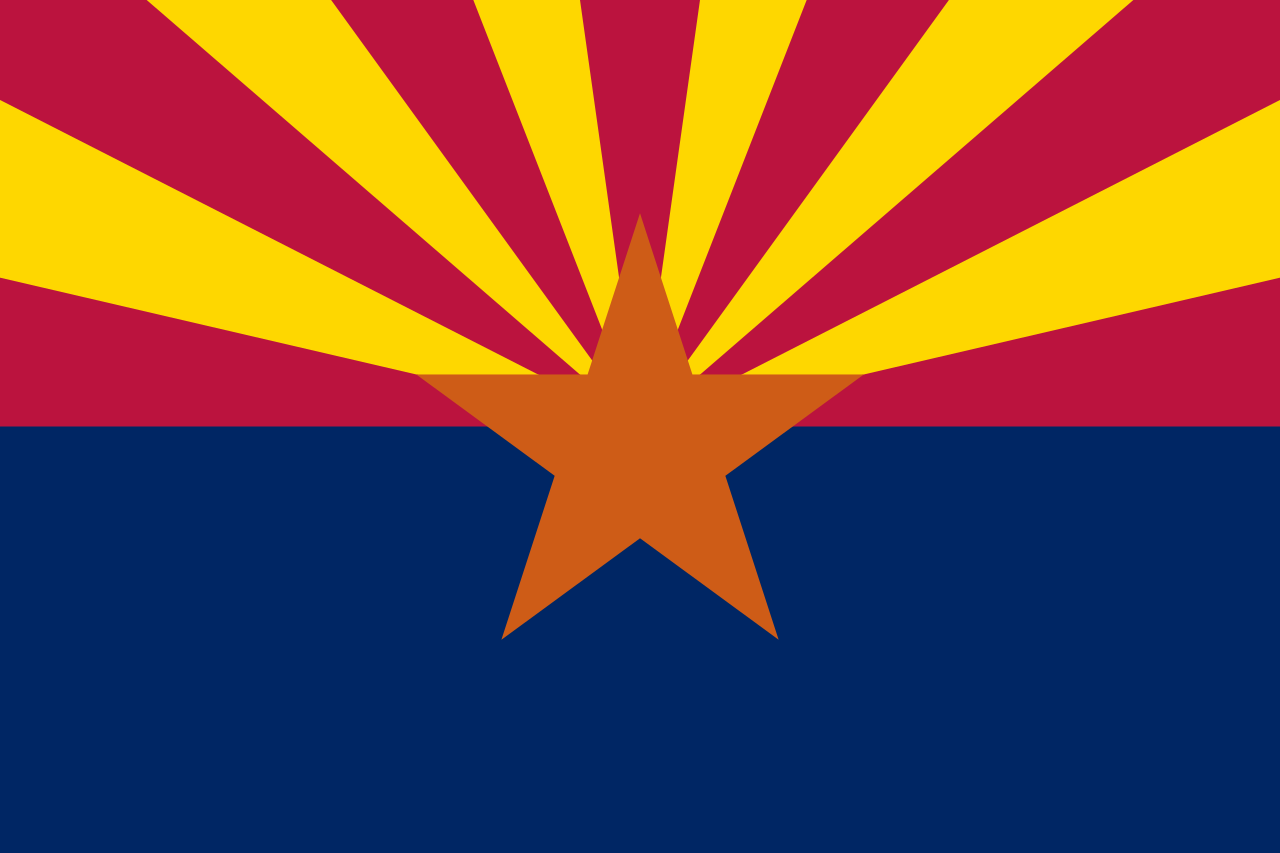 Arizona-AZ
Arizona-AZ

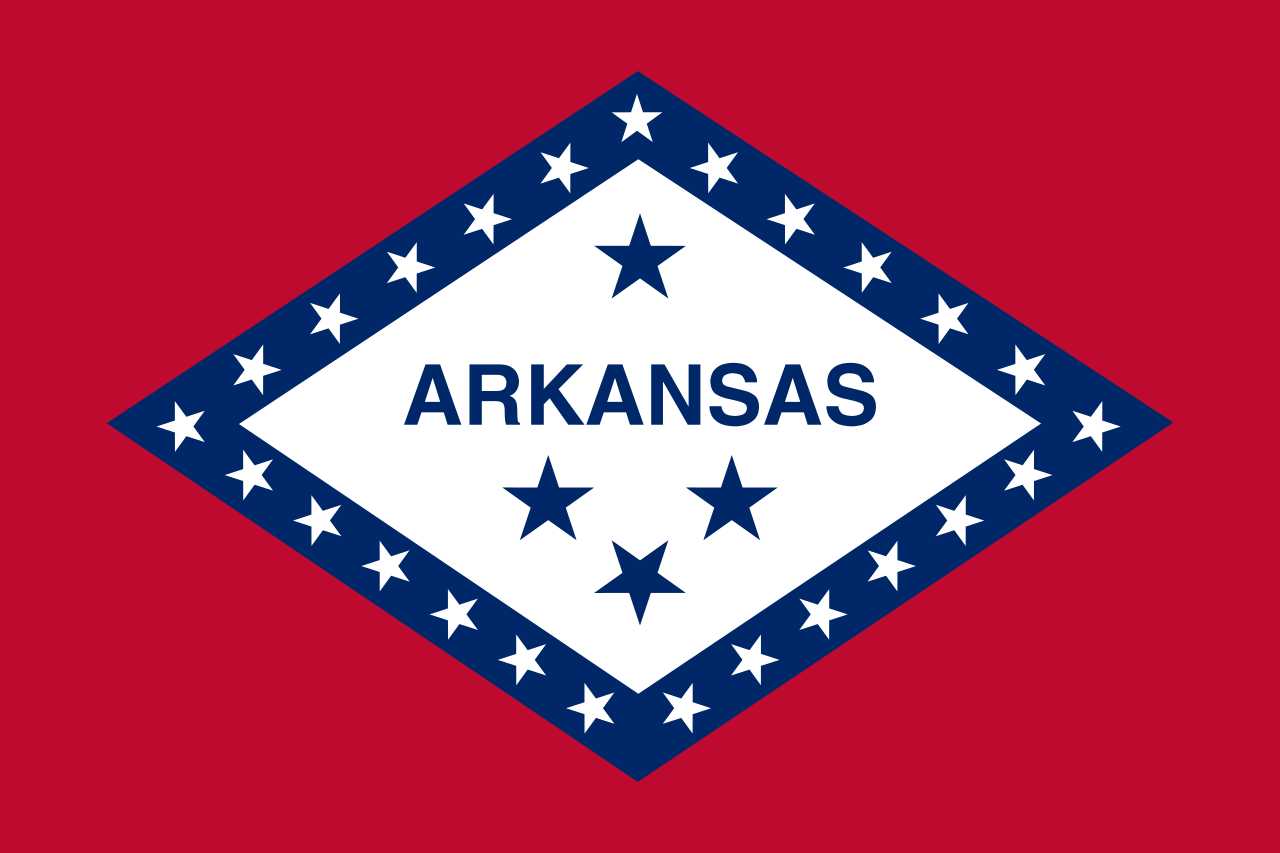 Arkansas-AR
Arkansas-AR

 Education and Research
Education and Research
 Universities and colleges in the United States of America
Universities and colleges in the United States of America

 California-CA
California-CA

 Colorado-CO
Colorado-CO

 Connecticut-CT
Connecticut-CT

 Delaware-DE
Delaware-DE

 Florida-FL
Florida-FL

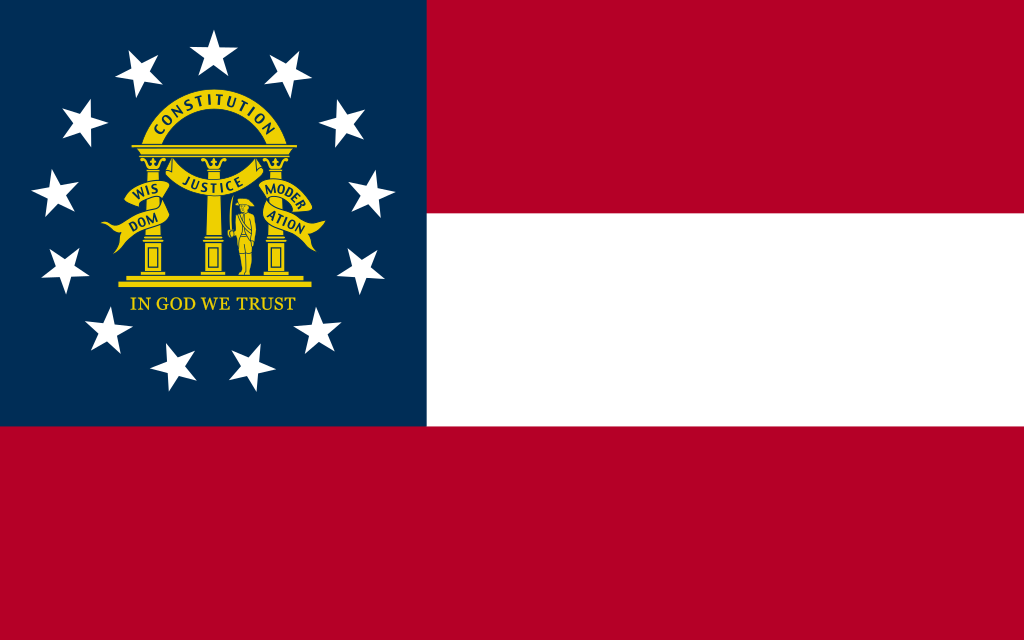 Georgia-GA
Georgia-GA

 Hawaii-HI
Hawaii-HI

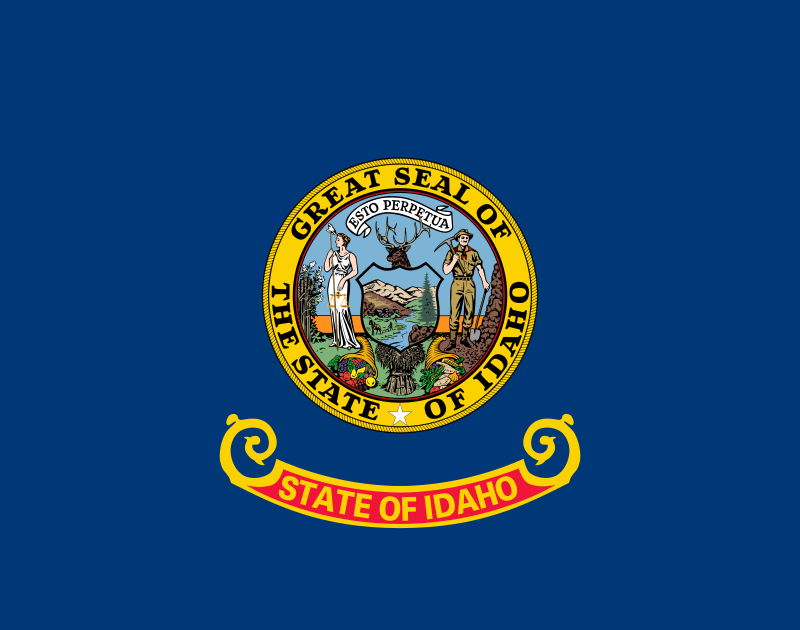 Idaho-ID
Idaho-ID

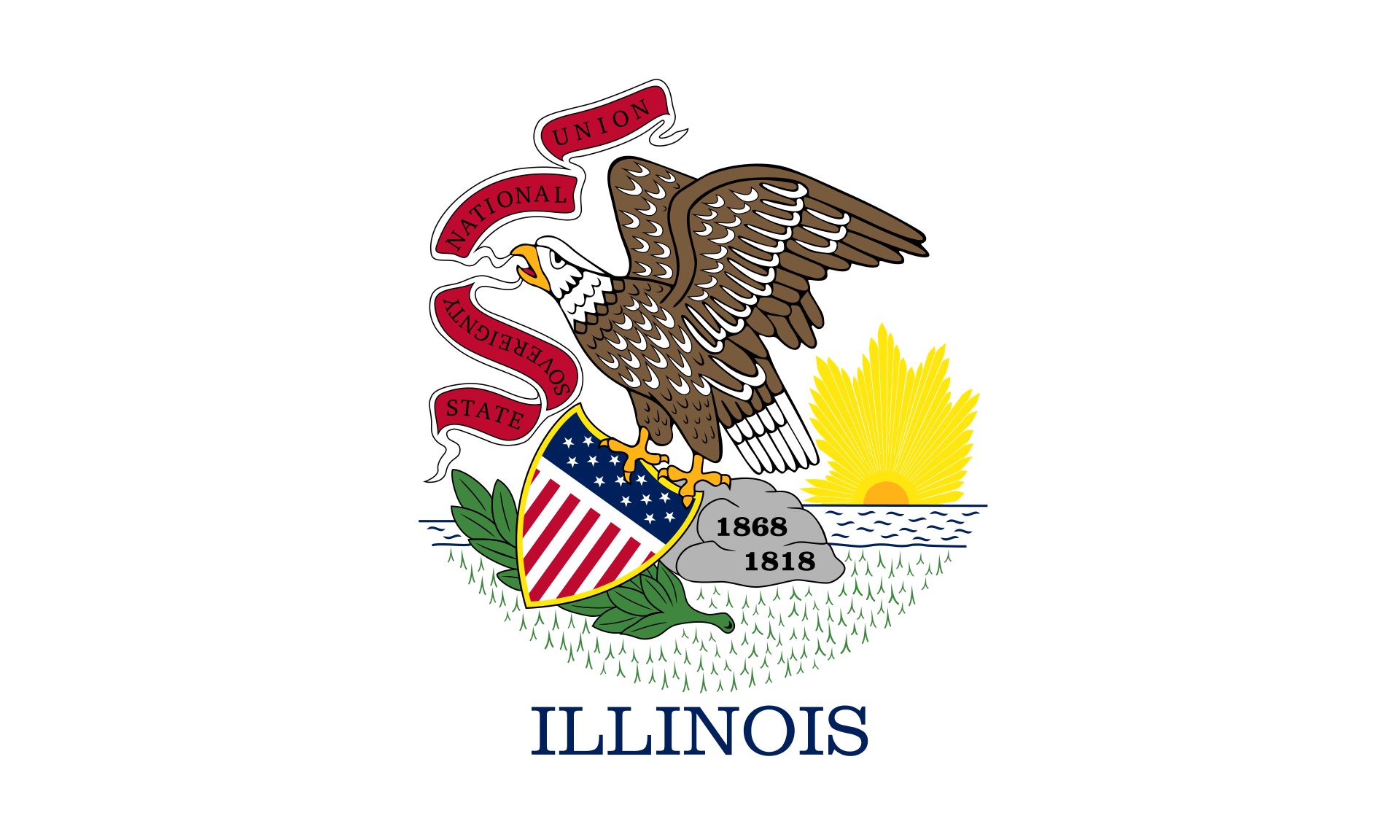 Illinois-IL
Illinois-IL

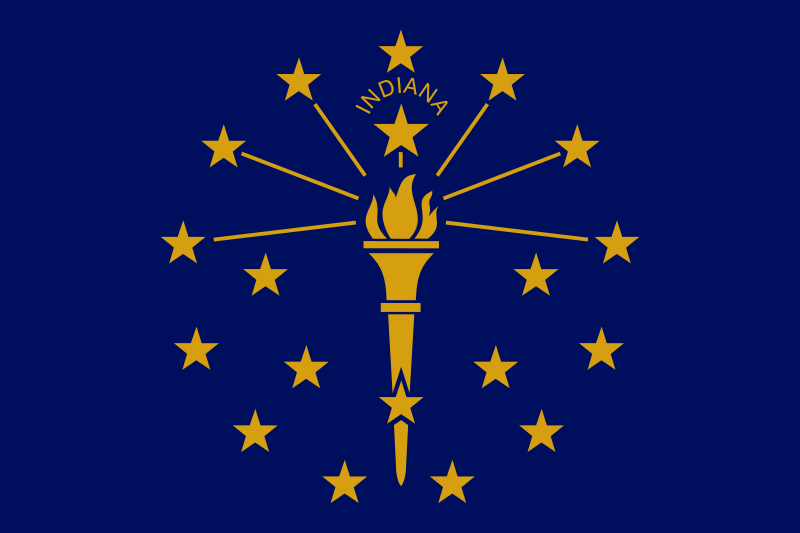 Indiana-IN
Indiana-IN

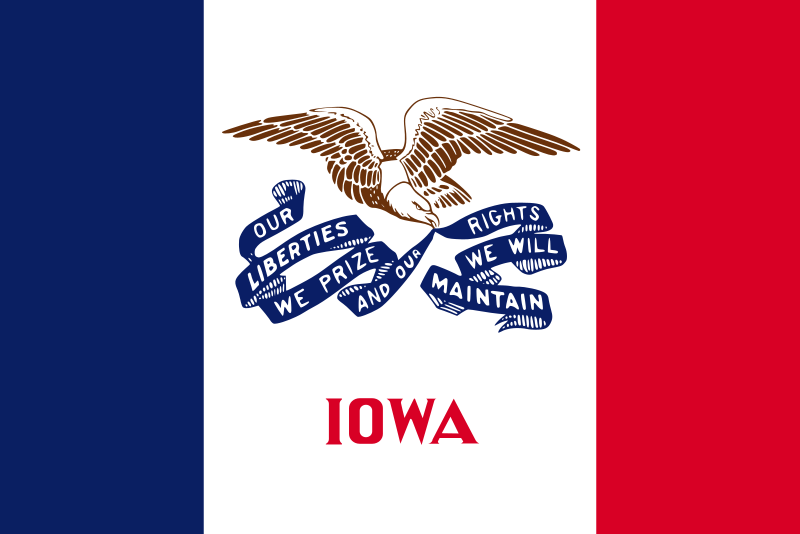 Iowa-IA
Iowa-IA

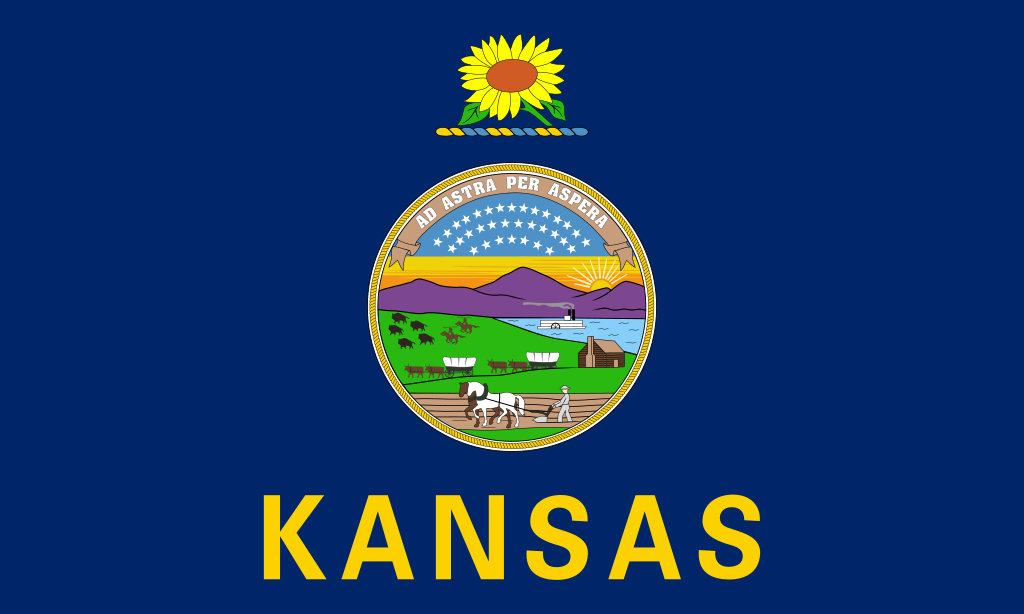 Kansas-KS
Kansas-KS

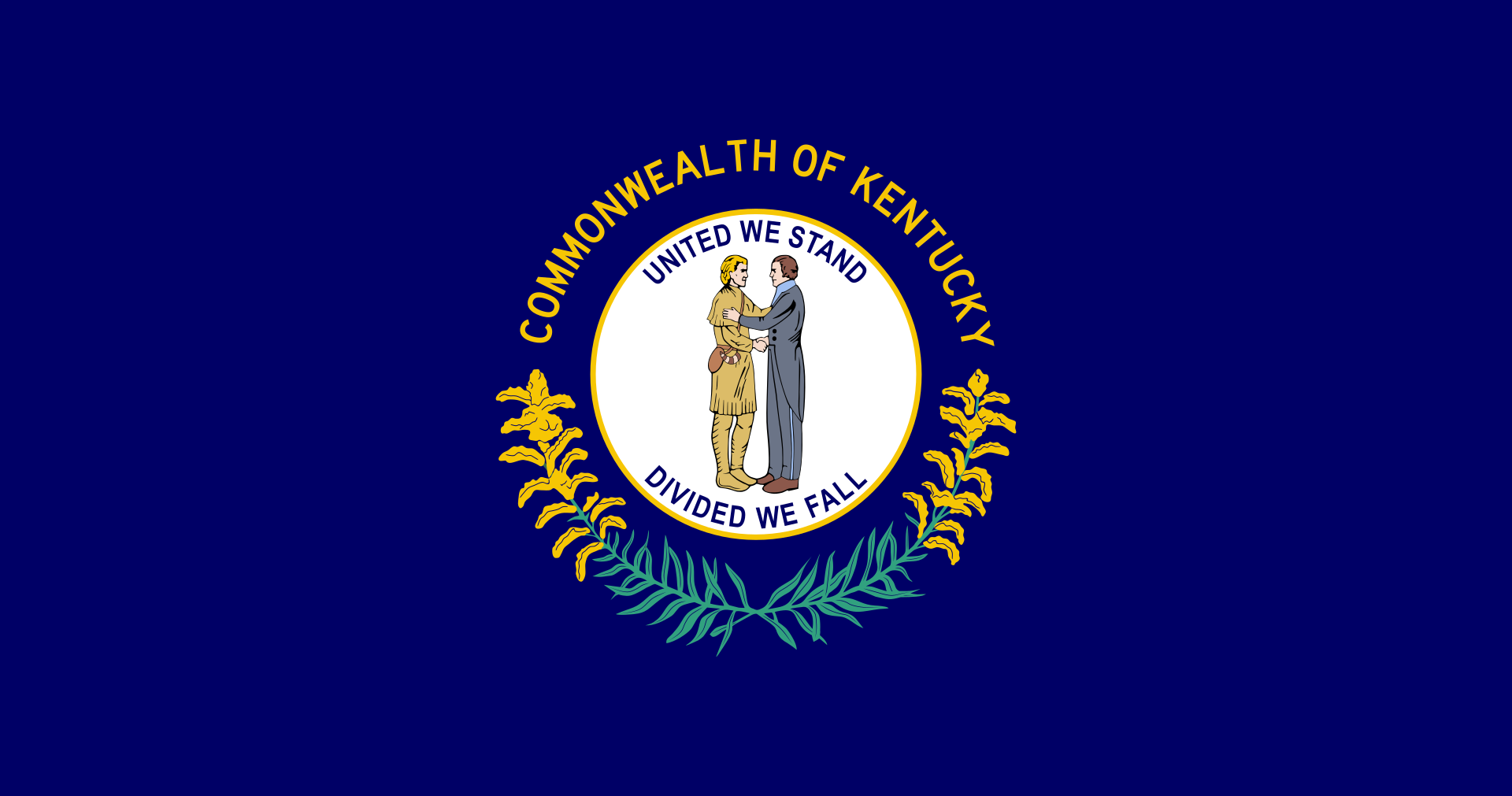 Kentucky-KY
Kentucky-KY

 Louisiana-LA
Louisiana-LA

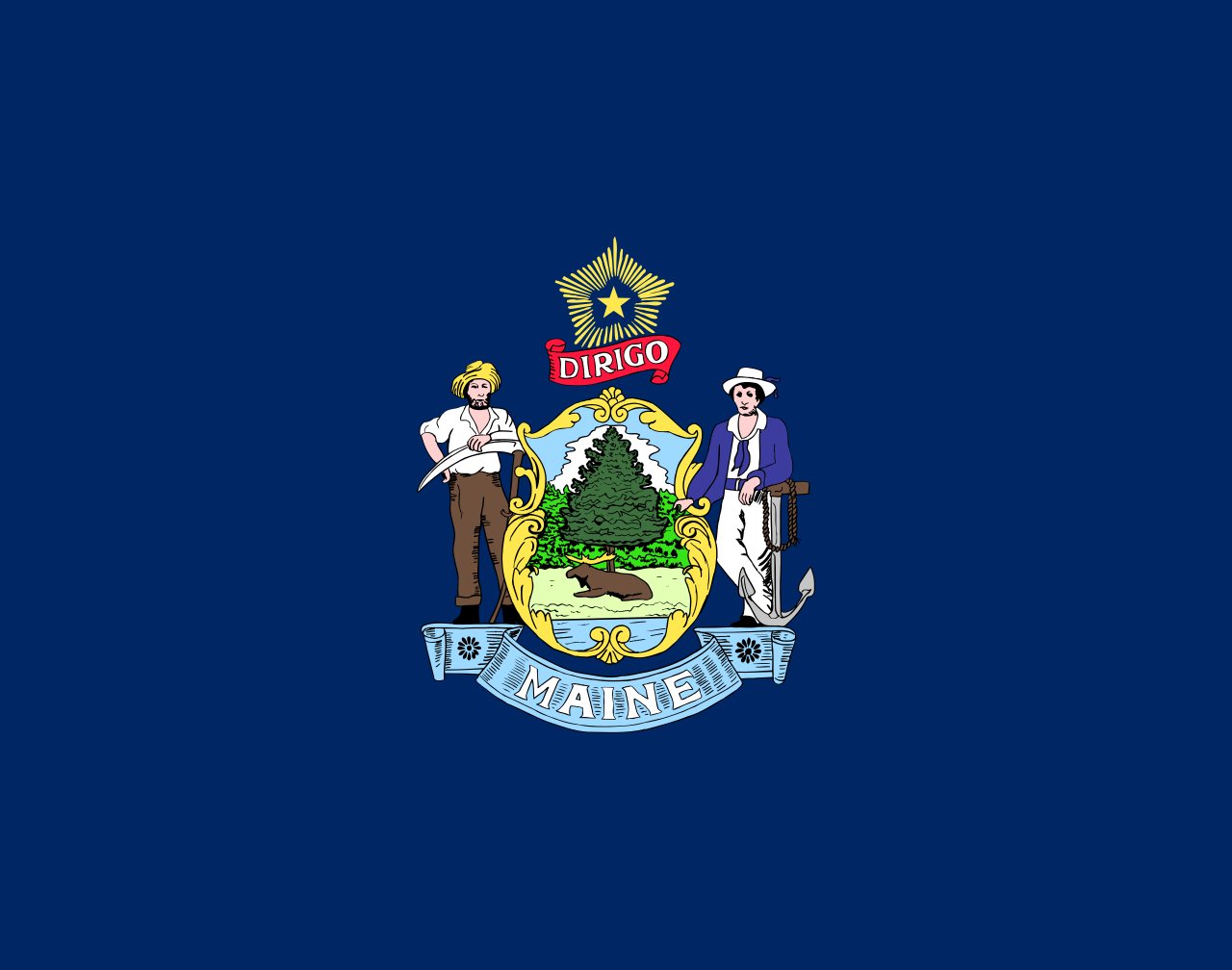 Maine-ME
Maine-ME

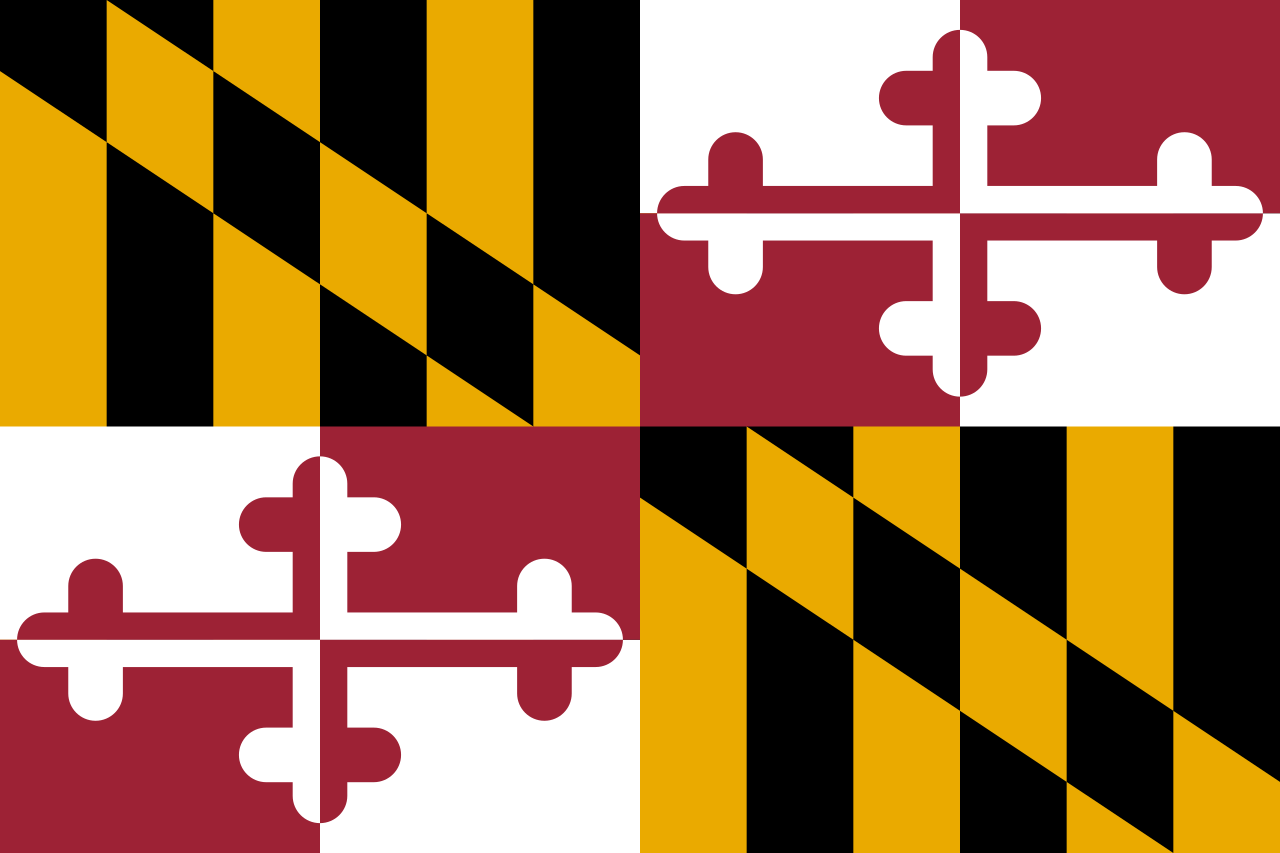 Maryland-MD
Maryland-MD

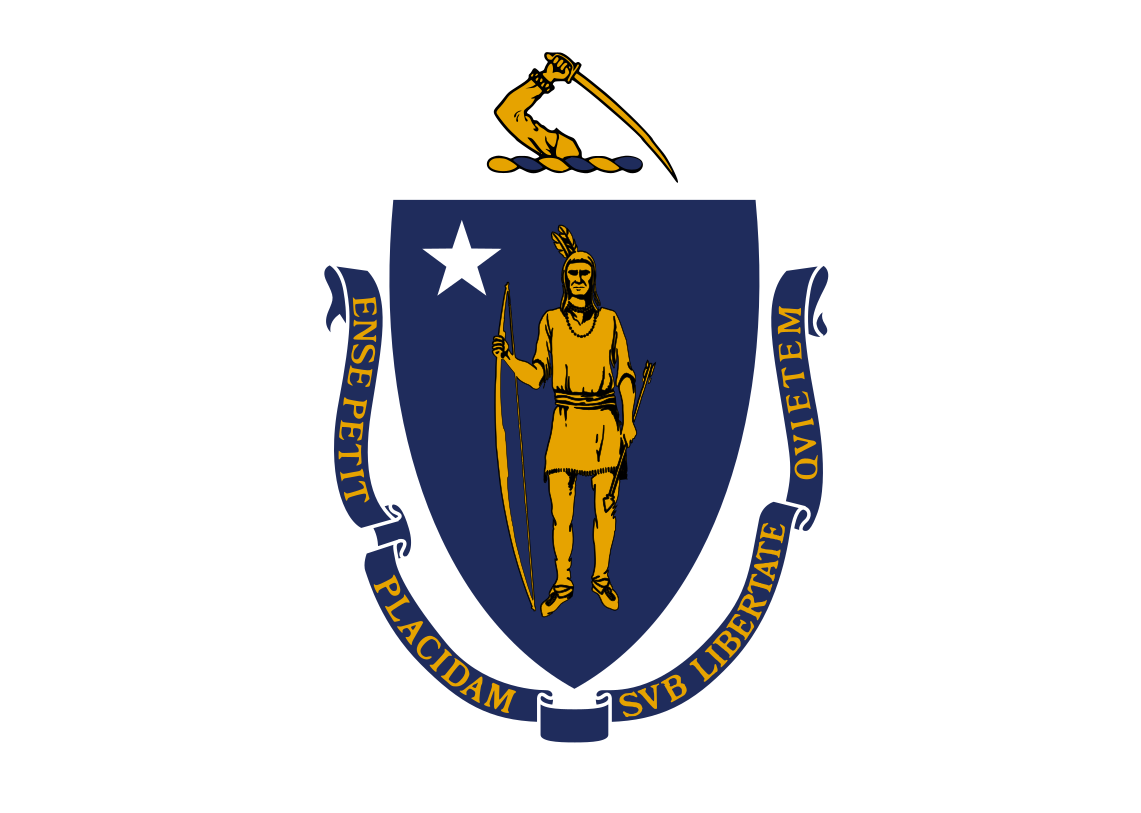 Massachusetts-MA
Massachusetts-MA

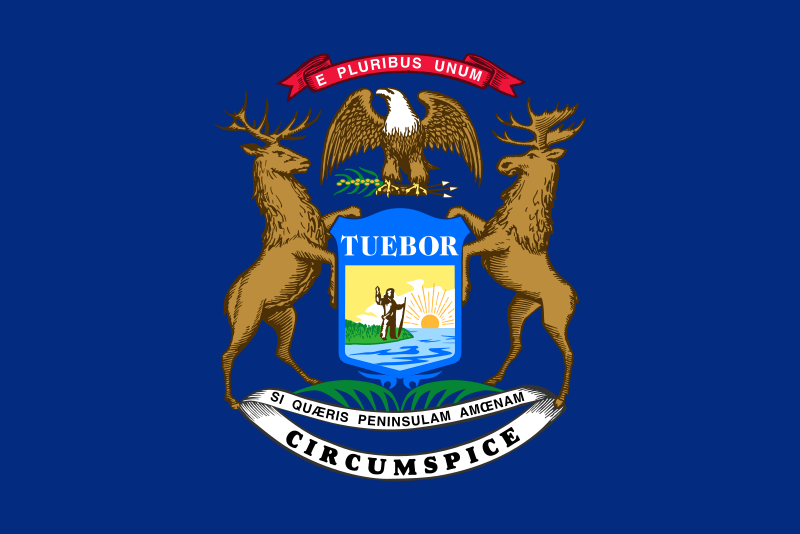 Michigan-MI
Michigan-MI

 Minnesota-MN
Minnesota-MN

 Mississippi-MS
Mississippi-MS

 Missouri-MO
Missouri-MO

 Montana-MT
Montana-MT

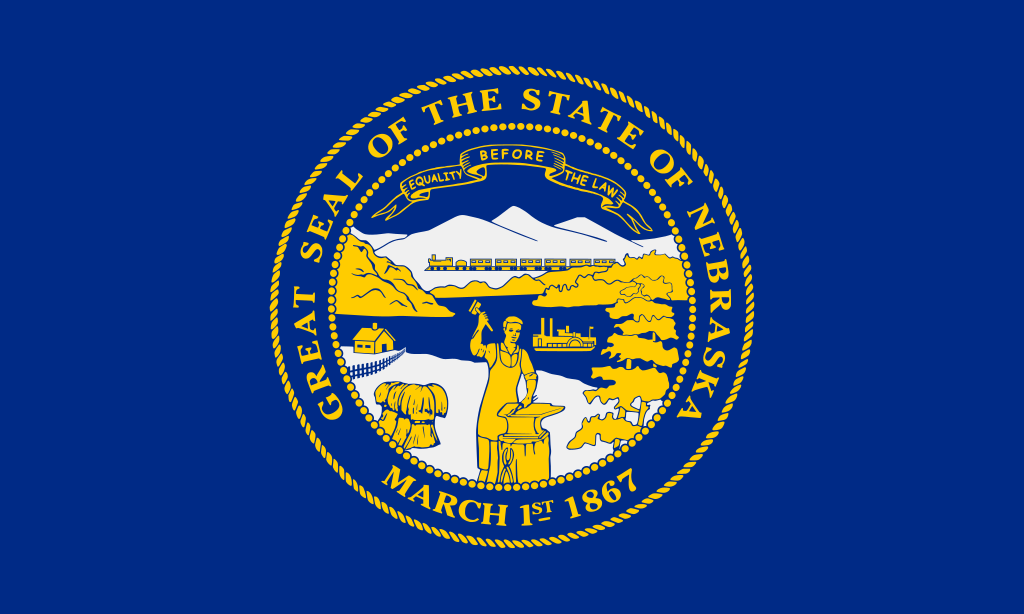 Nebraska-NE
Nebraska-NE

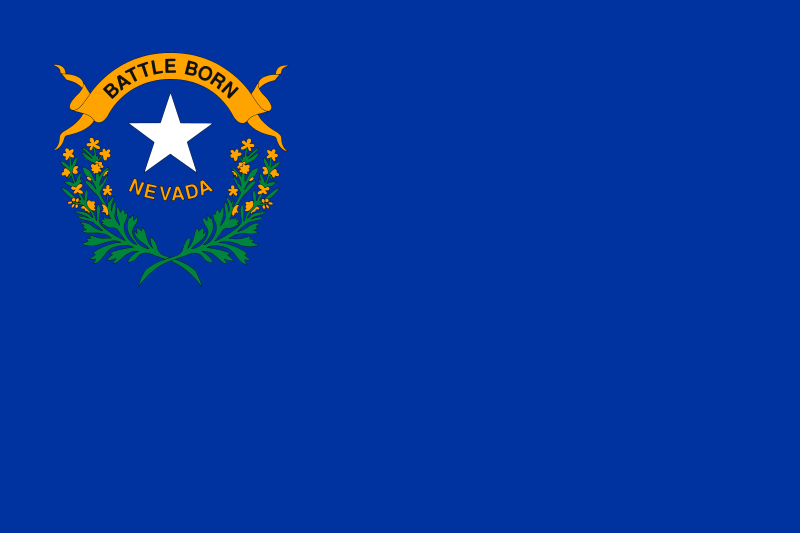 Nevada-NV
Nevada-NV

 New hampshire-NH
New hampshire-NH

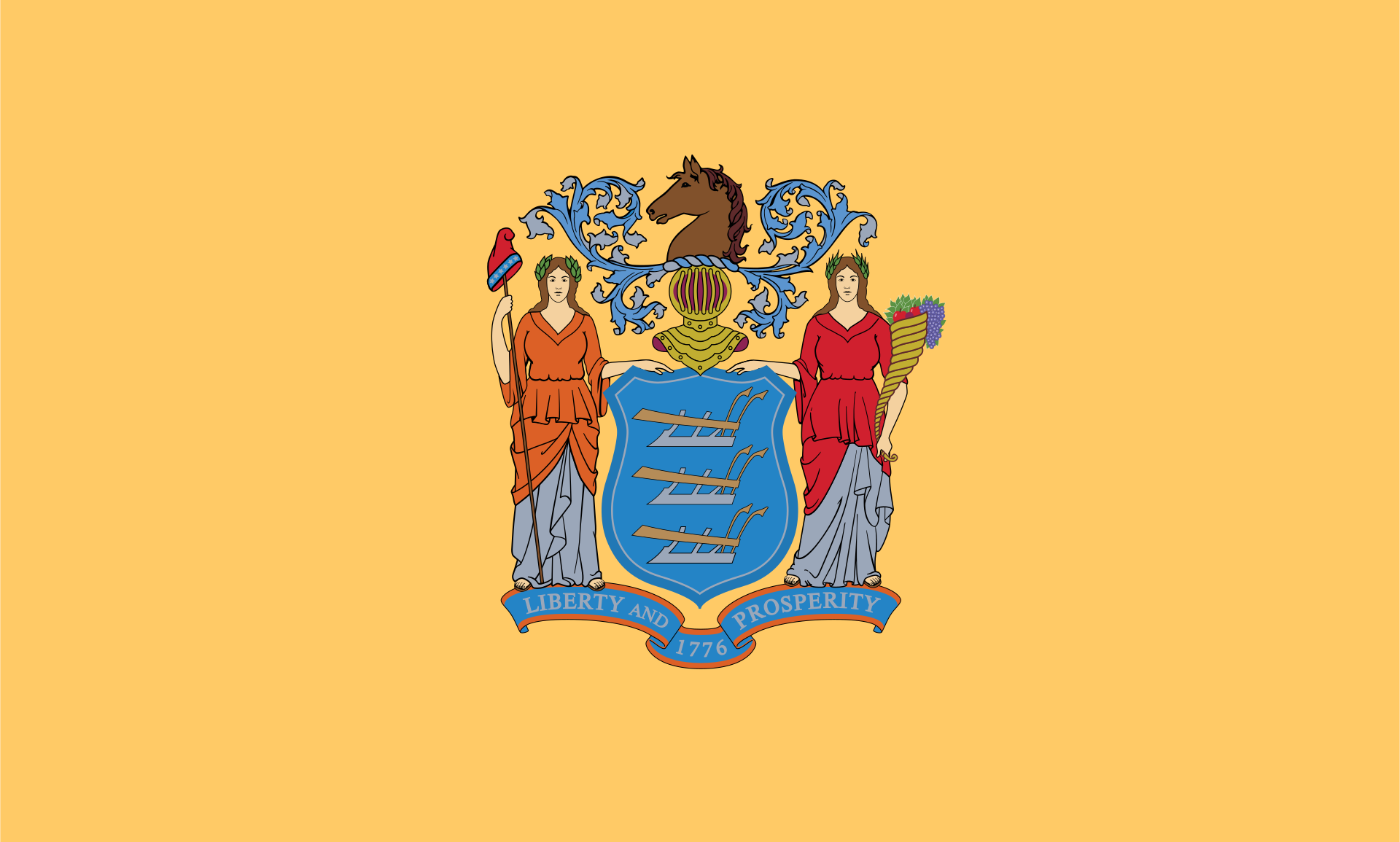 New jersey-NJ
New jersey-NJ

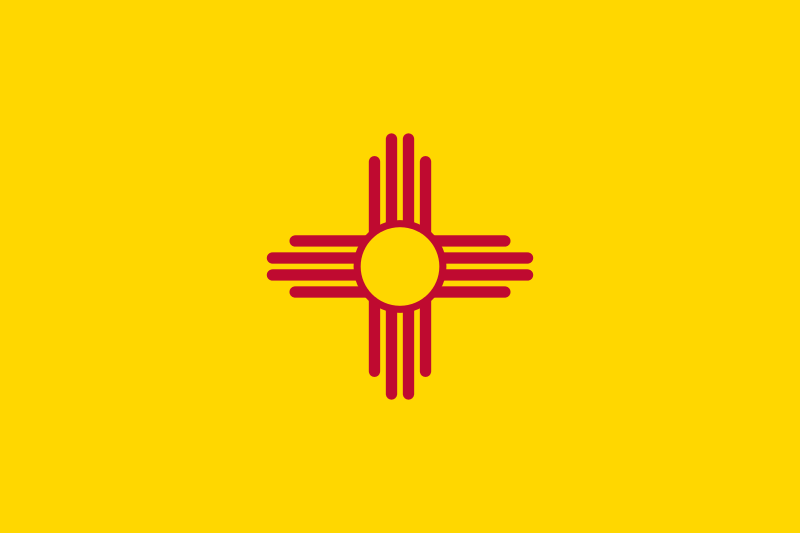 New mexico-NM
New mexico-NM

 New York-NY
New York-NY

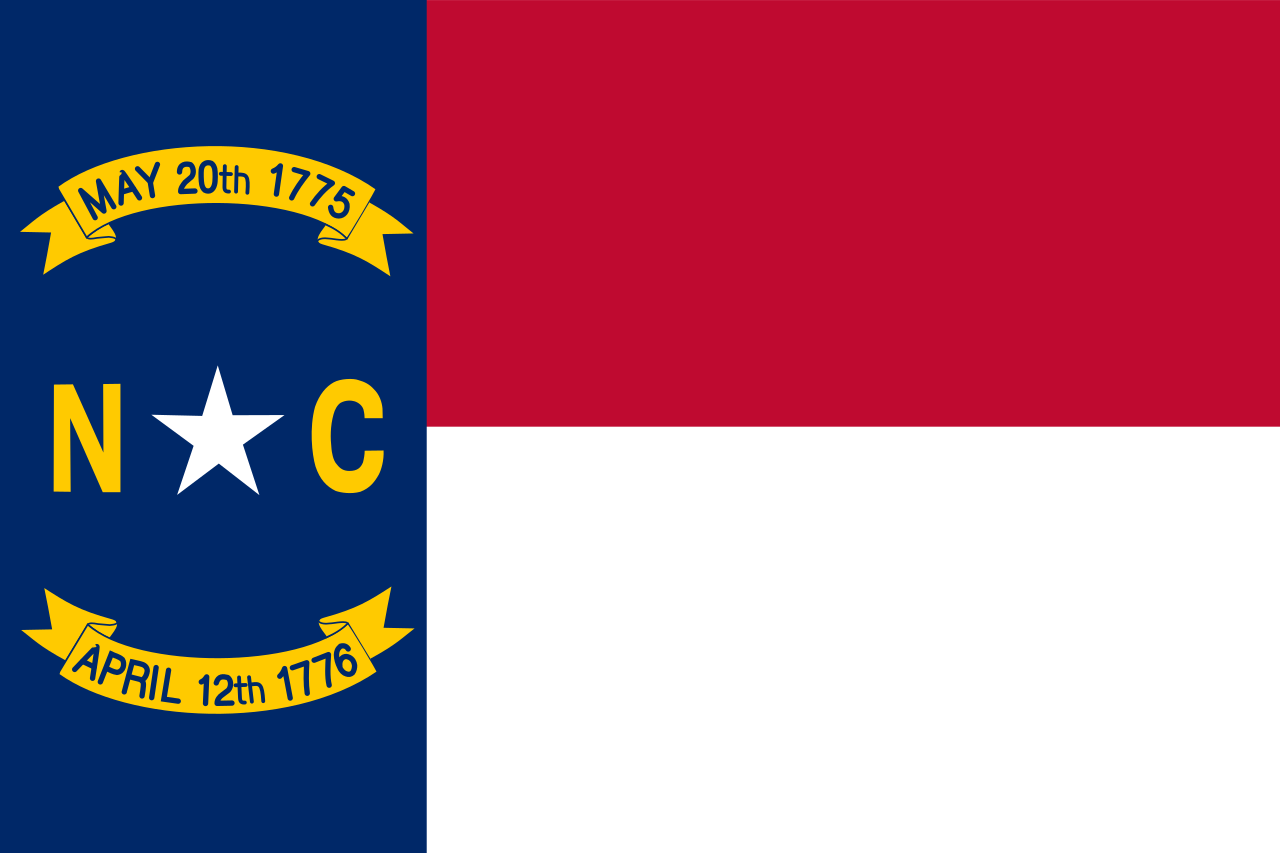 North Carolina-NC
North Carolina-NC

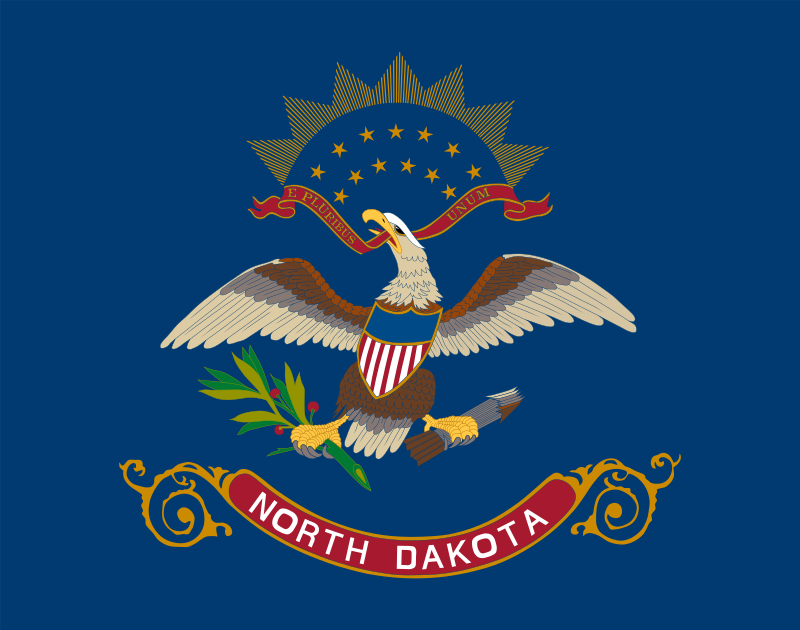 North Dakota-ND
North Dakota-ND

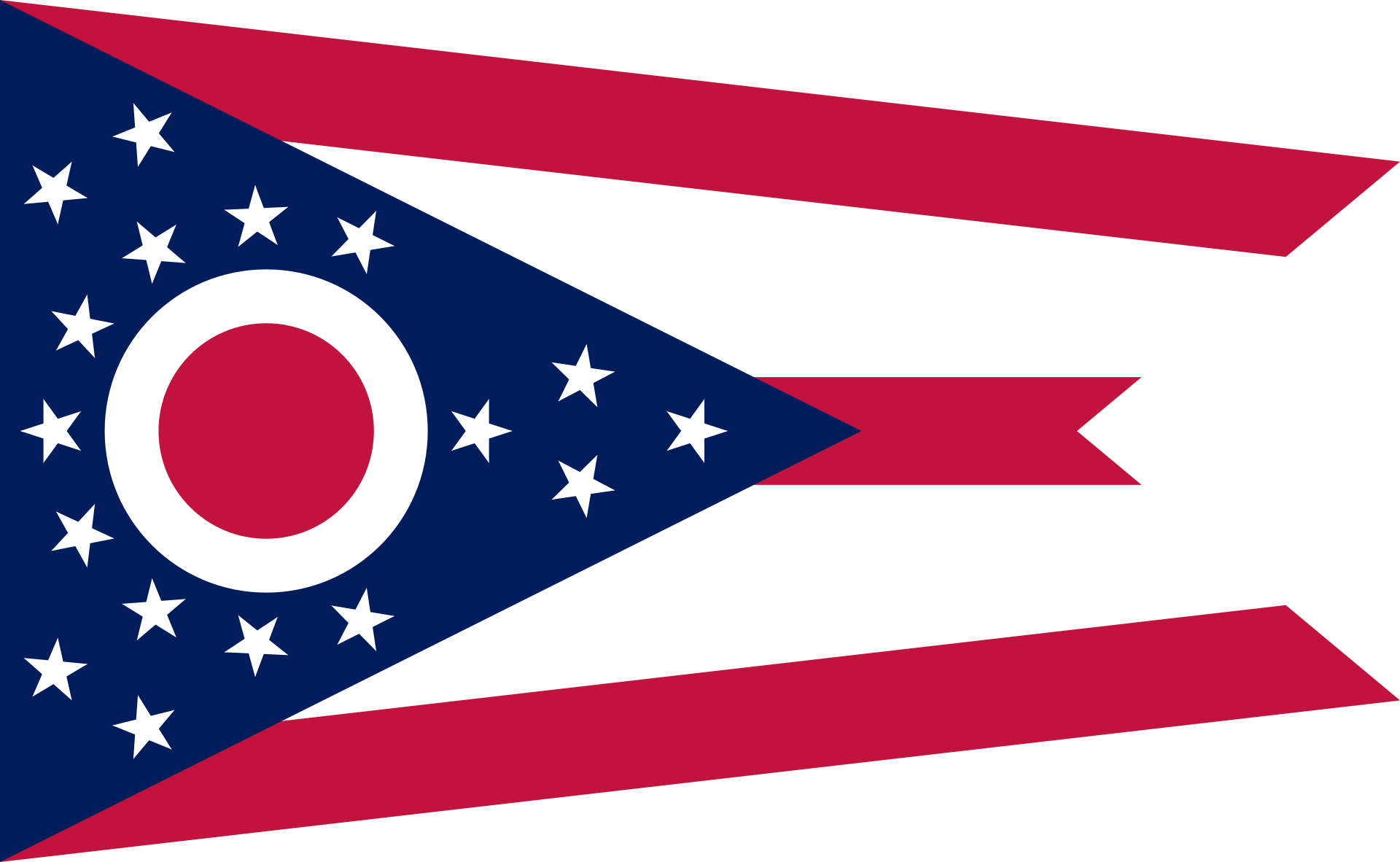 Ohio-OH
Ohio-OH

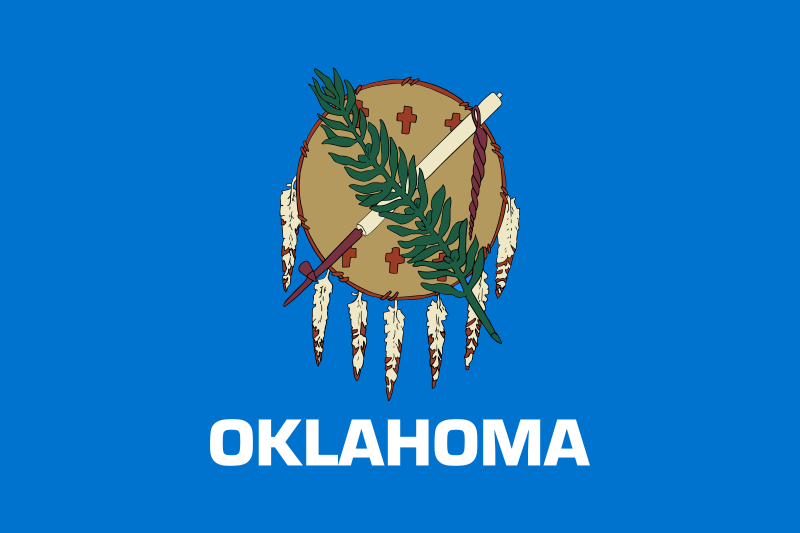 Oklahoma-OK
Oklahoma-OK

 Oregon-OR
Oregon-OR

 Pennsylvania-PA
Pennsylvania-PA

 Rhode Island-RI
Rhode Island-RI

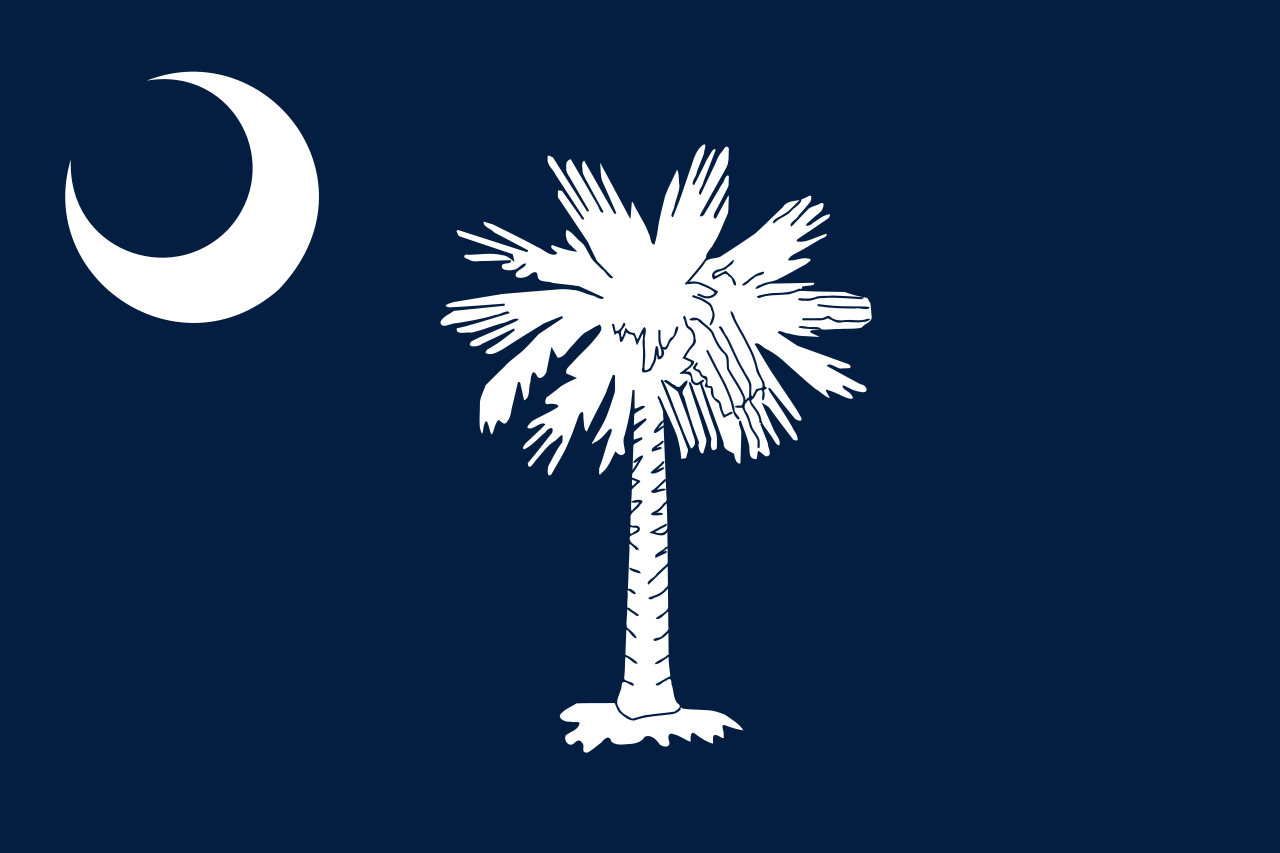 South Carolina-SC
South Carolina-SC

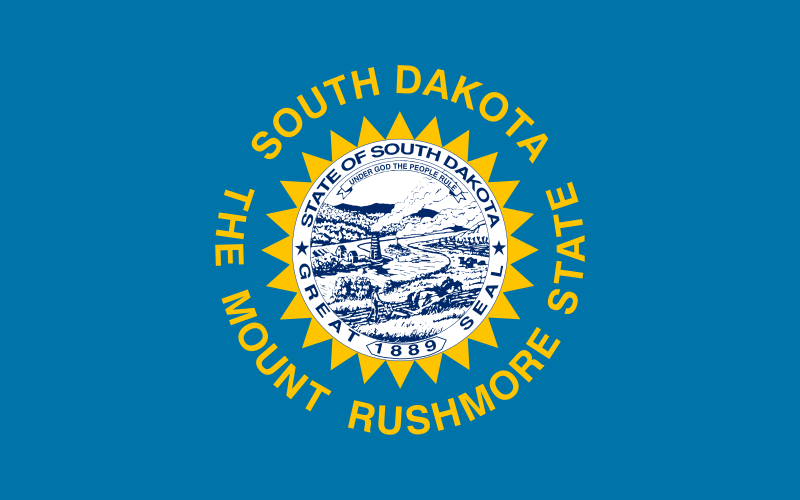 South Dakota-SD
South Dakota-SD

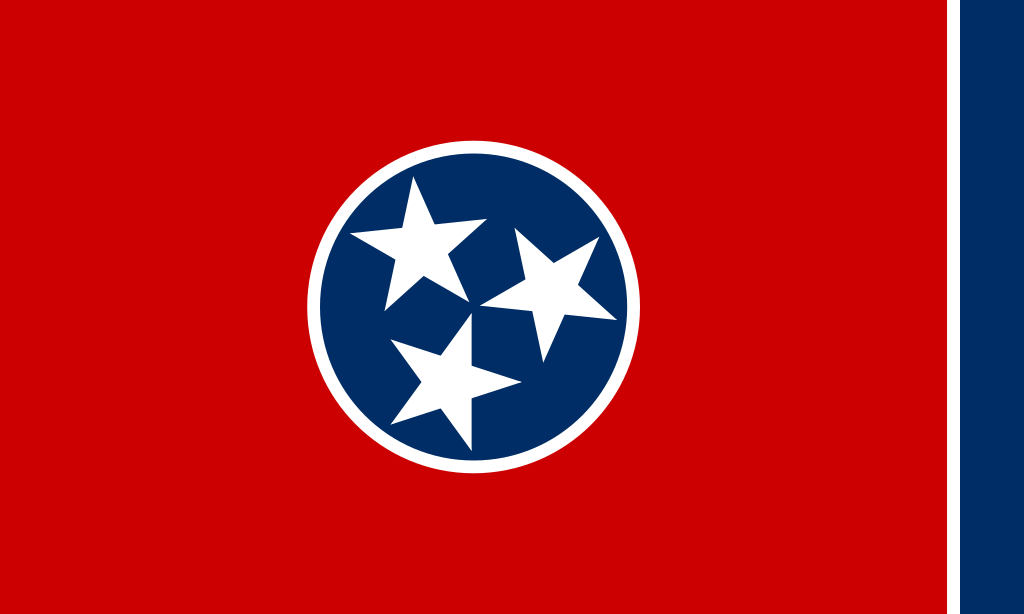 Tennessee-TN
Tennessee-TN

 Texas-TX
Texas-TX

 Universities in the USA
Universities in the USA

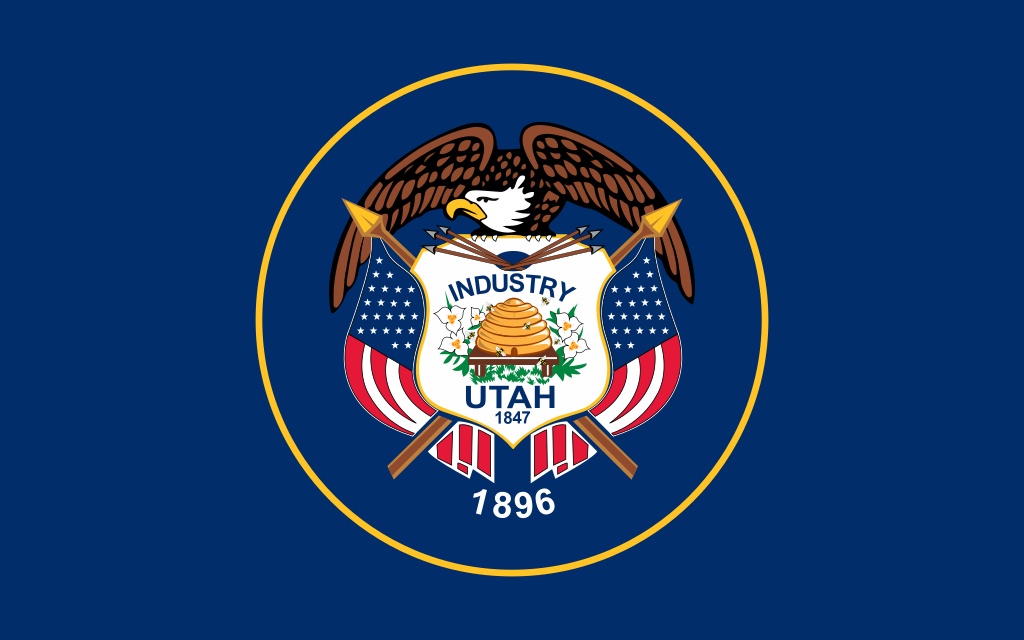 Utah-UT
Utah-UT
 United States
United States

 Vermont-VT
Vermont-VT

 Virginia-VA
Virginia-VA

 Washington-WA
Washington-WA

 Washington, D.C.
Washington, D.C.

 West Virginia-WV
West Virginia-WV

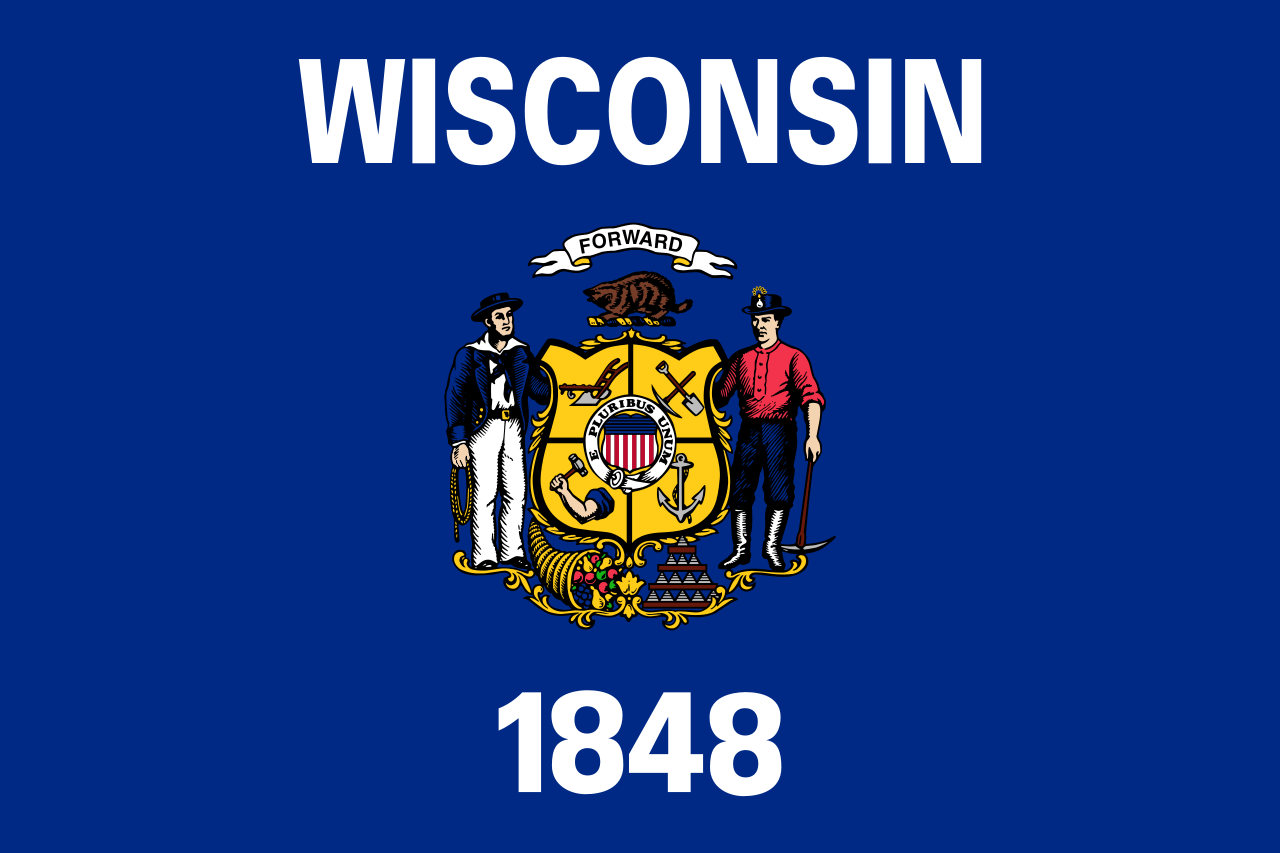 Wisconsin-WI
Wisconsin-WI

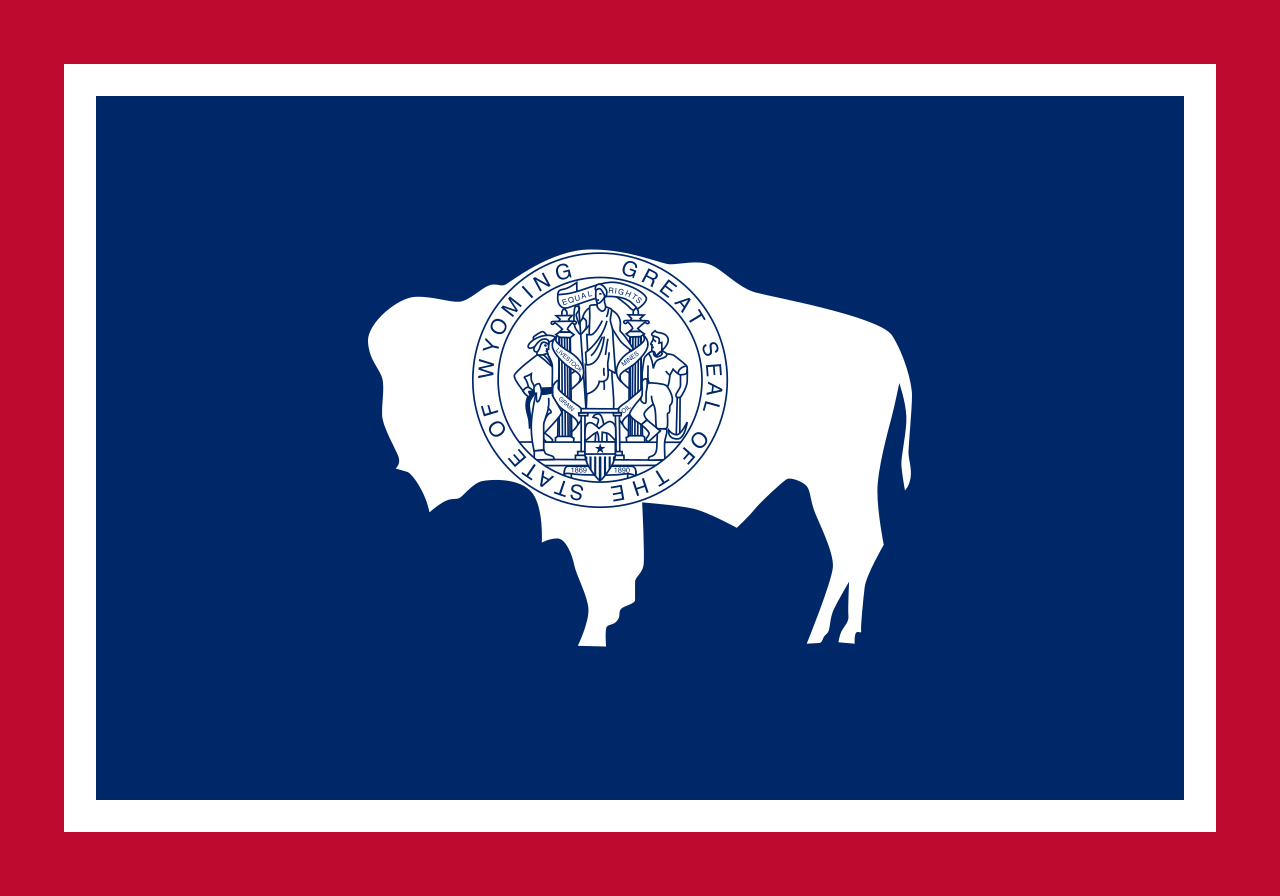 Wyoming-WY
Wyoming-WY
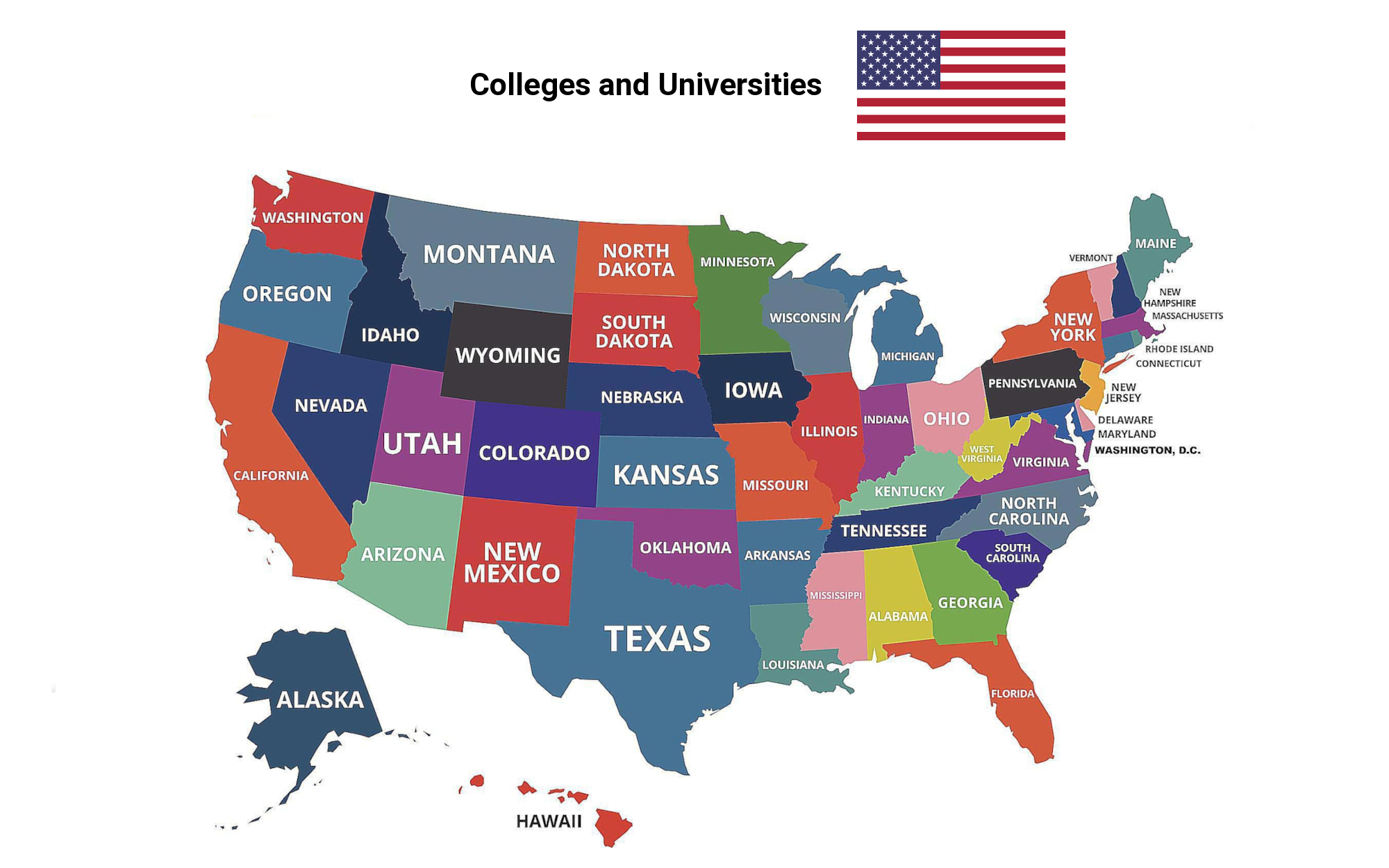
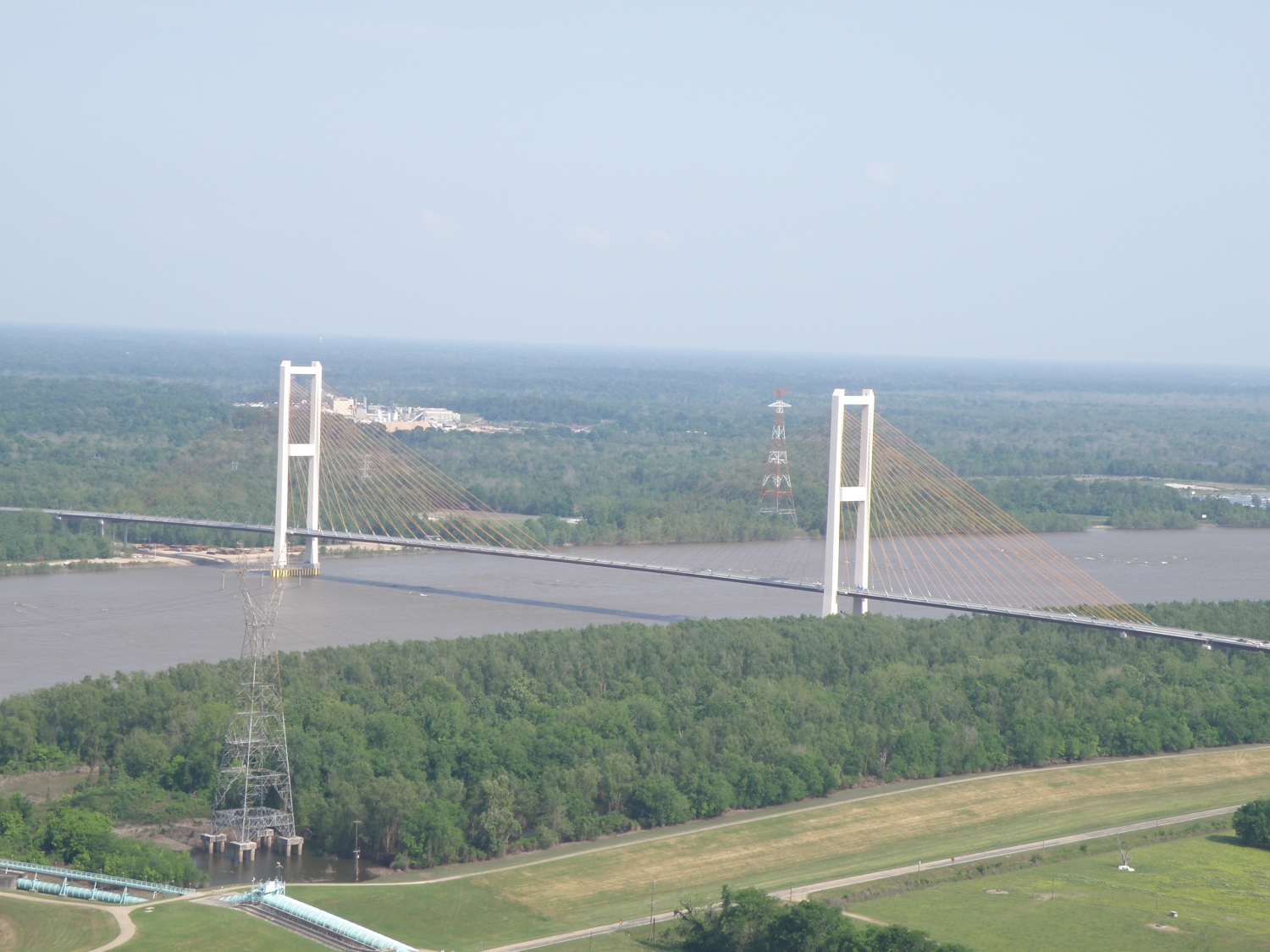

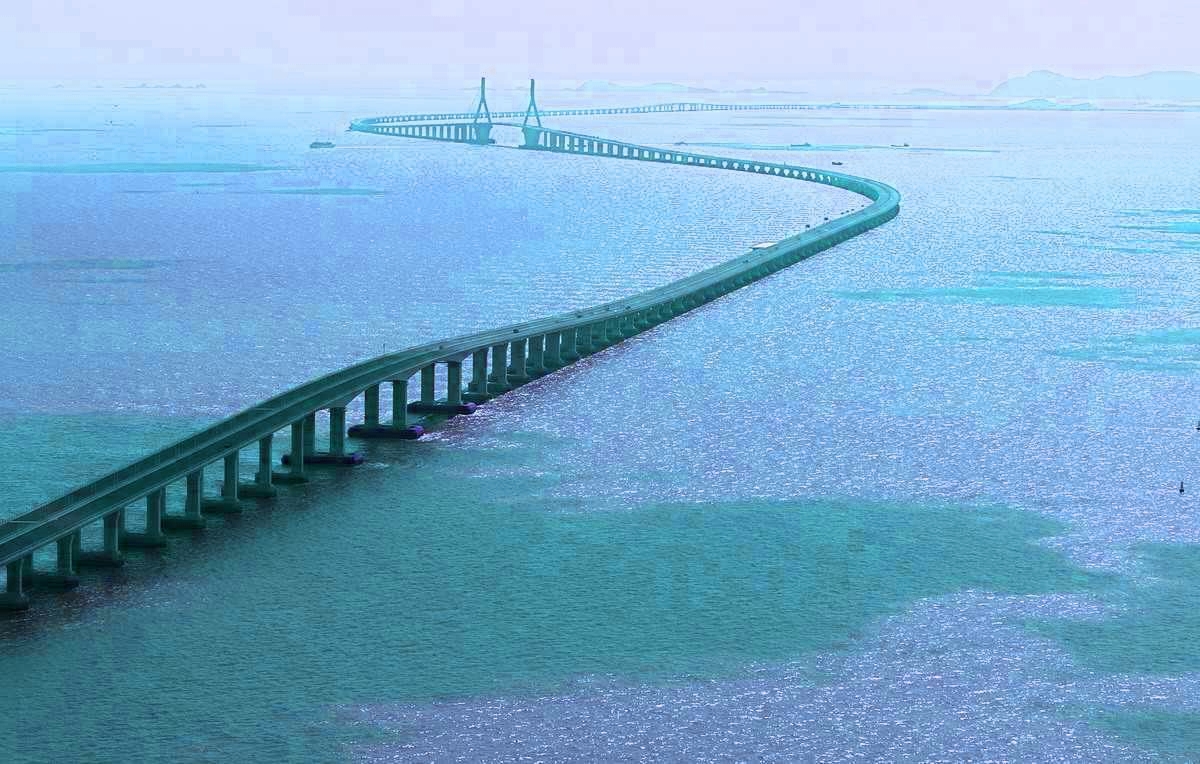
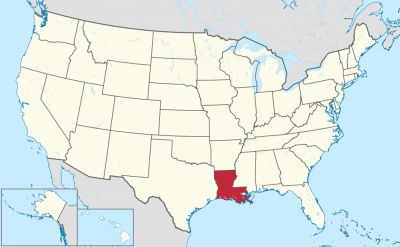
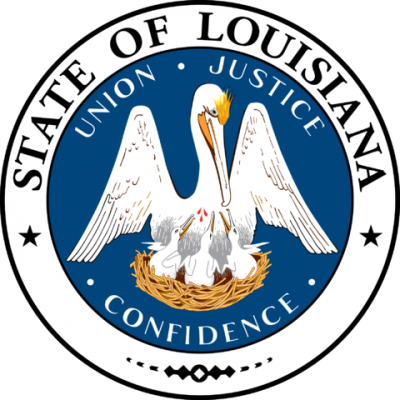
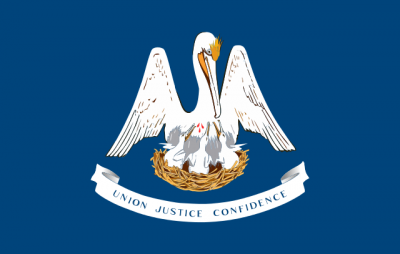
ルイジアナ州(英: State of Louisiana)は、アメリカ合衆国南部の州である。アメリカ合衆国50州の中で、陸地面積では第31位、人口では第25位である。 州都はバトンルージュ市、最大の都市はニューオーリンズ市である。元フランス領であったが、1812年、アメリカ合衆国の州になった。民法には大陸法の影響が色濃く残っている。また州の下の行政区画として、他州で用いられるカウンティ(county、郡)のかわりにパリッシュ(parish、キリスト教の小教区を意味したが、現在は行政小教区 civil parishで、日本語ではカウンティ相当として「郡」と訳している)が用いられるのもフランス植民地時代の影響である。パリッシュがカウンティ相当として使われるのはアメリカではルイジアナ州のみである。
州内幾つかの都市圏では、多文化、多言語の遺産が残っており、18世紀に領域を支配したフランス(本国およびアカディア)やスペイン(ヌエバ・エスパーニャ)の混合文化に強く影響され、また先住民であるインディアンや、西アフリカから奴隷として連れてこられたアフリカ系アメリカ人の文化の影響も見られる。19世紀初めにアメリカ合衆国の領土となり、アングロサクソン系のアメリカ人が流入して州に昇格する前に、アメリカ合衆国の他州とは幾分異なった文化が形成され、今日に繋がっている。
Louisiana (/luˌiːziˈænə/ (![]() listen), /ˌluːzi-/ (
listen), /ˌluːzi-/ (![]() listen))[a] is a state in the Deep South region of the South Central United States. It is the 19th-smallest by area and the 25th most populous of the 50 U.S. states. Louisiana is bordered by the state of Texas to the west, Arkansas to the north, Mississippi to the east, and the Gulf of Mexico to the south. A large part of its eastern boundary is demarcated by the Mississippi River. Louisiana is the only U.S. state with political subdivisions termed parishes, which are equivalent to counties. The state's capital is Baton Rouge, and its largest city is New Orleans.
listen))[a] is a state in the Deep South region of the South Central United States. It is the 19th-smallest by area and the 25th most populous of the 50 U.S. states. Louisiana is bordered by the state of Texas to the west, Arkansas to the north, Mississippi to the east, and the Gulf of Mexico to the south. A large part of its eastern boundary is demarcated by the Mississippi River. Louisiana is the only U.S. state with political subdivisions termed parishes, which are equivalent to counties. The state's capital is Baton Rouge, and its largest city is New Orleans.
Much of the state's lands were formed from sediment washed down the Mississippi River, leaving enormous deltas and vast areas of coastal marsh and swamp.[citation needed] These contain a rich southern biota; typical examples include birds such as ibis and egrets. There are also many species of tree frogs, and fish such as sturgeon and paddlefish. In more elevated areas, fire is a natural process in the landscape and has produced extensive areas of longleaf pine forest and wet savannas. These support an exceptionally large number of plant species, including many species of terrestrial orchids and carnivorous plants.[citation needed] Louisiana has more Native American tribes than any other southern state, including four that are federally recognized, ten that are state recognized, and four that have not received recognition.[9]
Some Louisiana urban environments have a multicultural, multilingual heritage, being so strongly influenced by a mixture of 18th-century French, Italian, Haitian, Spanish, French Canadian, Native American, and African cultures that they are considered to be exceptional in the U.S. Before the American purchase of the territory in 1803, the present-day State of Louisiana had been both a French colony and for a brief period a Spanish one. In addition, colonists imported numerous African people as slaves in the 18th century. Many came from peoples of the same region of West Africa, thus concentrating their culture. In the post-Civil War environment, Anglo-Americans increased the pressure for Anglicization, and in 1921, English was for a time made the sole language of instruction in Louisiana schools before a policy of multilingualism was revived in 1974.[10][11] There has never been an official language in Louisiana, and the state constitution enumerates "the right of the people to preserve, foster, and promote their respective historic, linguistic, and cultural origins".[10]
Like other states in the Deep South region, Louisiana frequently ranks low in terms of health, education, and development, and high in measures of poverty.[12][13][14] In 2018, Louisiana was ranked as the least healthy state in the country, with high levels of drug-related deaths and excessive alcohol consumption, while it has had the highest homicide rate in the United States since at least the 1990s.[15][16][17]
La Louisiane (en anglais : Louisiana, /luˌi.ziˈæ.nə/4 Écouter ; en créole louisianais : Lwizyàn) est un État du Sud des États-Unis, entouré à l'ouest par le Texas, au nord par l'Arkansas, à l'est par le Mississippi et au sud par le golfe du Mexique. C'est le 31e État américain par sa superficie et le 25e par sa population. Sa capitale est Baton Rouge et sa plus grande ville est La Nouvelle-Orléans.
En 2019, sa population s'élève à 4 648 794 habitants5.
C'est le seul État américain dont les subdivisions politiques sont dénommées paroisses et non comtés ou boroughs (en Alaska).
La Louisiana (in italiano Luisiana[2][3], anticamente Lugiana) è uno stato federato degli Stati Uniti d'America. Confina con Texas, Arkansas e Mississippi, mentre a sud è bagnata dal Golfo del Messico. La capitale è Baton Rouge, mentre la città più grande e famosa è New Orleans. Lo Stato ha due lingue ufficiali: inglese e francese.
Luisiana5 (en inglés: Louisiana) es uno de los cincuenta estados que, junto con Washington D. C., forman los Estados Unidos de América. Su capital es Baton Rouge y su ciudad más poblada, Nueva Orleans. Está ubicado en la región Sur del país, división Centro Suroeste. Limita al norte con Arkansas, al este con los ríos Misisipi y Pearl, que lo separan de Misisipi, al sur con el golfo de México (océano Atlántico) y al oeste con Texas (la mayor parte de esta frontera la forma el río Sabine). Fue admitido en la Unión el 30 de abril de 1812, como el estado número 18.
Otras ciudades importantes son Lafayette y Shreveport. Luisiana es el único estado del país cuyas subdivisiones políticas se denominan parroquias, que son los gobiernos locales equivalentes a los condados de los demás estados. La parroquia más poblada es la parroquia de East Baton Rouge, y la más grande por área es la parroquia de Plaquemines.
Algunos entornos urbanos de Luisiana ostentan un patrimonio multicultural y multilingüe, mostrando una intensa mezcla de la cultura francesa (especialmente del s. XVIII), la española, la indoamericana (como la nación Caddo) y culturas africanas; todo este mosaico étnico está considerado como algo excepcional en los EE. UU.
El actual estado de Luisiana fue un territorio bajo dominio español (Luisiana española) y luego una colonia francesa (Luisiana francesa).
Su patrón de desarrollo incluyó la importación de numerosos esclavos africanos en el siglo XVII, muchos de ellos capturados y llevados a la Luisiana desde la misma región del África Occidental, concentrando así su cultura. Después de la Guerra de secesión, los angloamericanos aumentaron la presión para la anglificación, y en 1915 el idioma inglés se hizo el único idioma oficial del estado. Pese a todo, el estado de Luisiana tiene más tribus indoamericanas que cualquier otro estado del sur, entre ellas, cuatro que son reconocidas por el gobierno federal, diez reconocidas por el estado y cuatro que aún no han recibido reconocimiento.
Луизиа́на[1][2] (англ. Louisiana; фр. Louisiane; исп. Luisiana) — штат[3] на юге США, 18-й штат, вошедший в Союз. Столица — Батон-Руж, крупнейший город — Новый Орлеан. Общая площадь 135 382 км² (31 место в США), в том числе на сушу приходится 113 721 км². Население 4 574 836 человек (25 место в США). Официальное прозвище Луизианы — «Штат пеликанов». Названа в честь французского короля Людовика XIV (во французском произношении Луи).
В прошлом Луизианой называлась обширная территория вблизи побережья Мексиканского залива, контролировавшаяся французами (см. Новая Франция). После Луизианской покупки южная часть этой территории составила штат с одноименным названием.
 Energy resource
Energy resource
 International cities
International cities
 Architecture
Architecture
 Sport
Sport
 Exhibition
Exhibition
 Geography
Geography